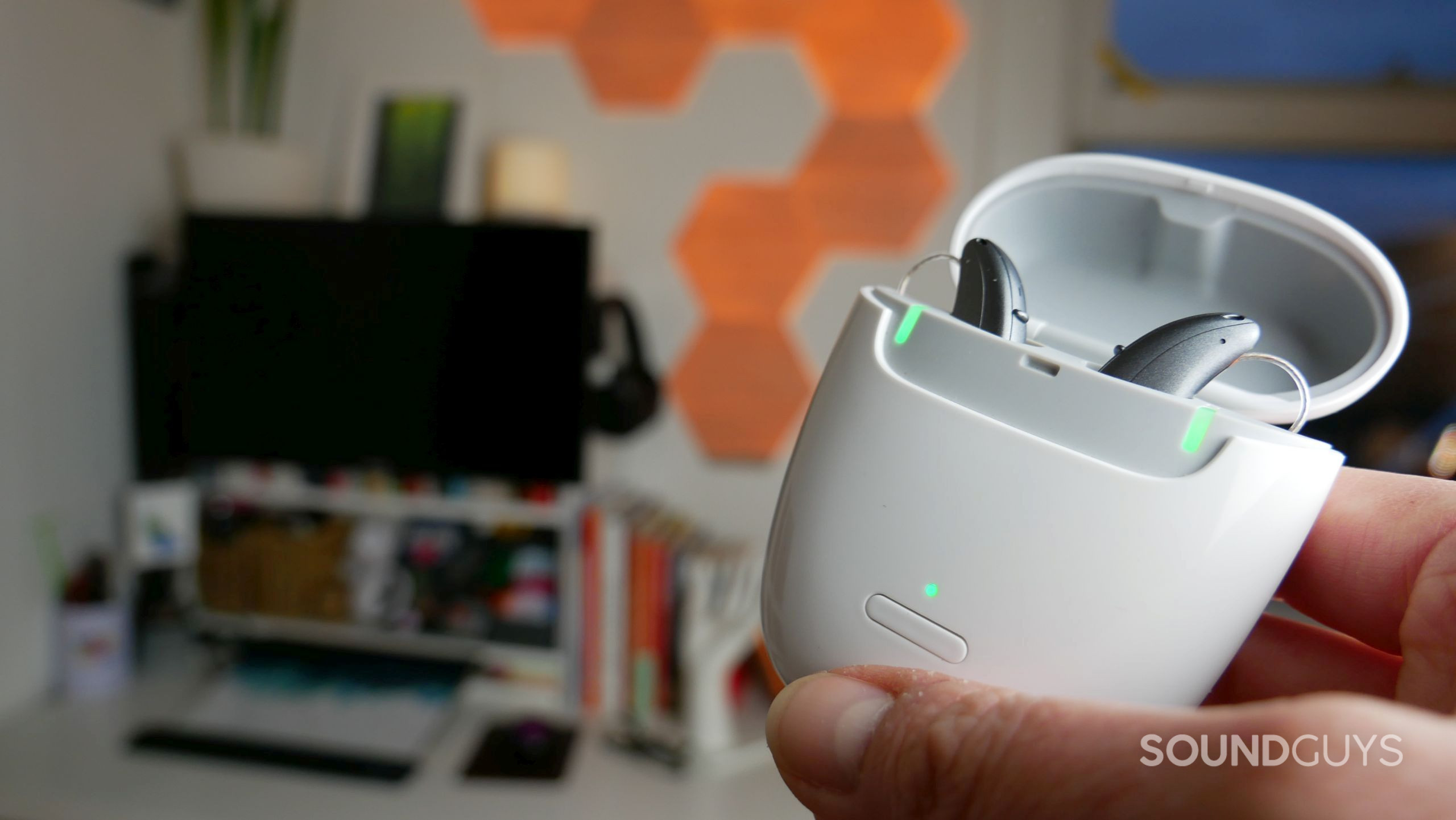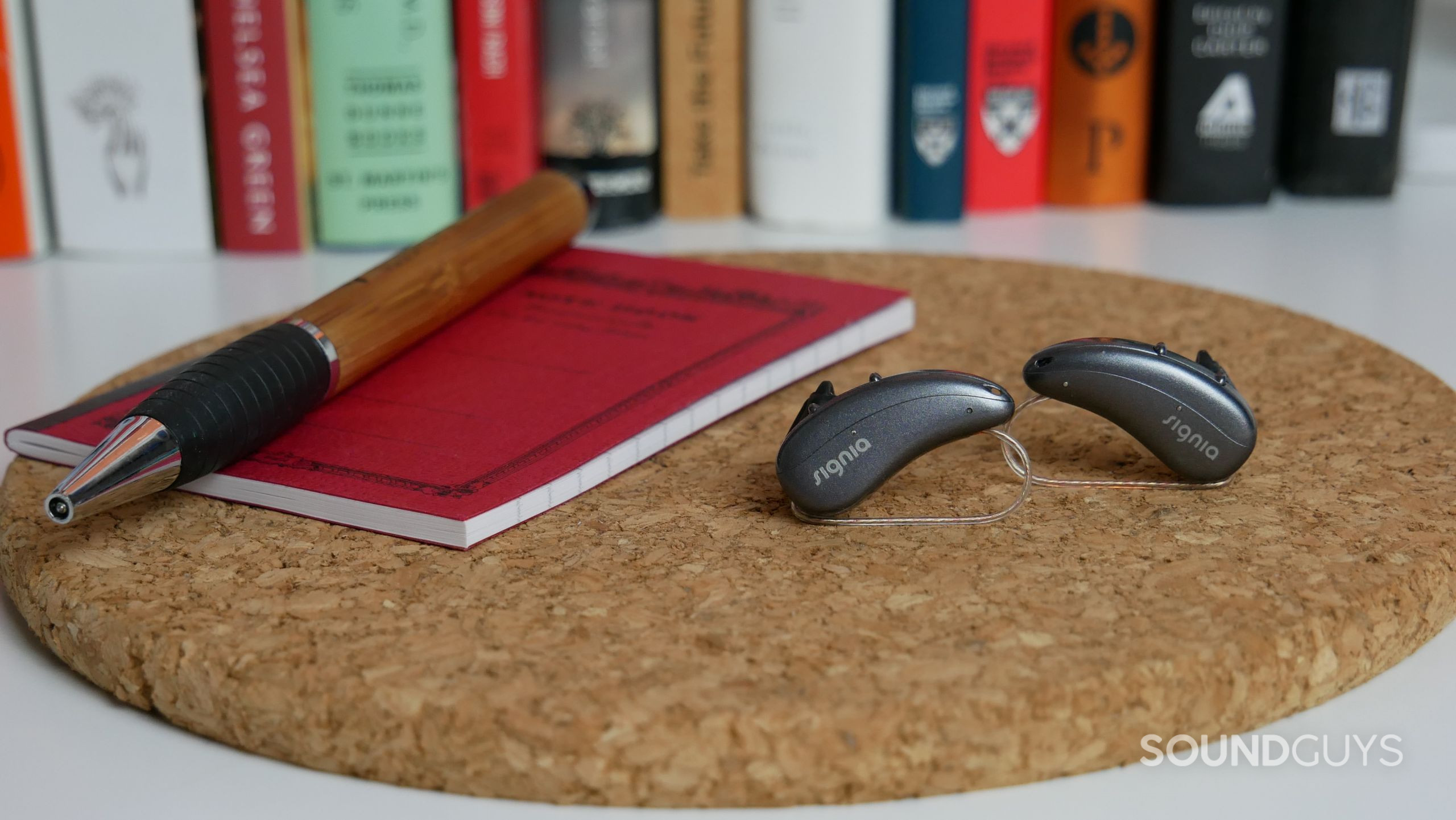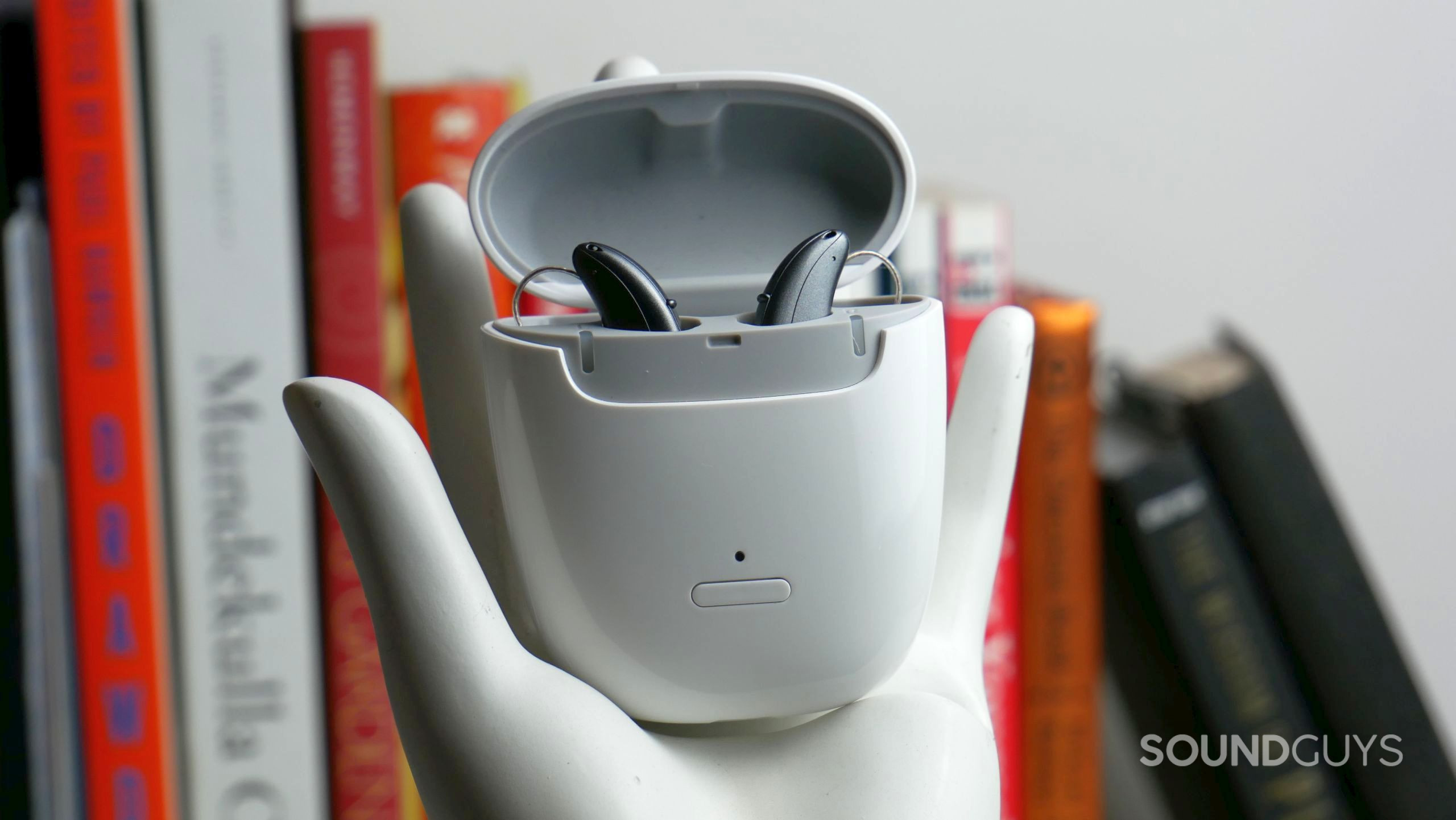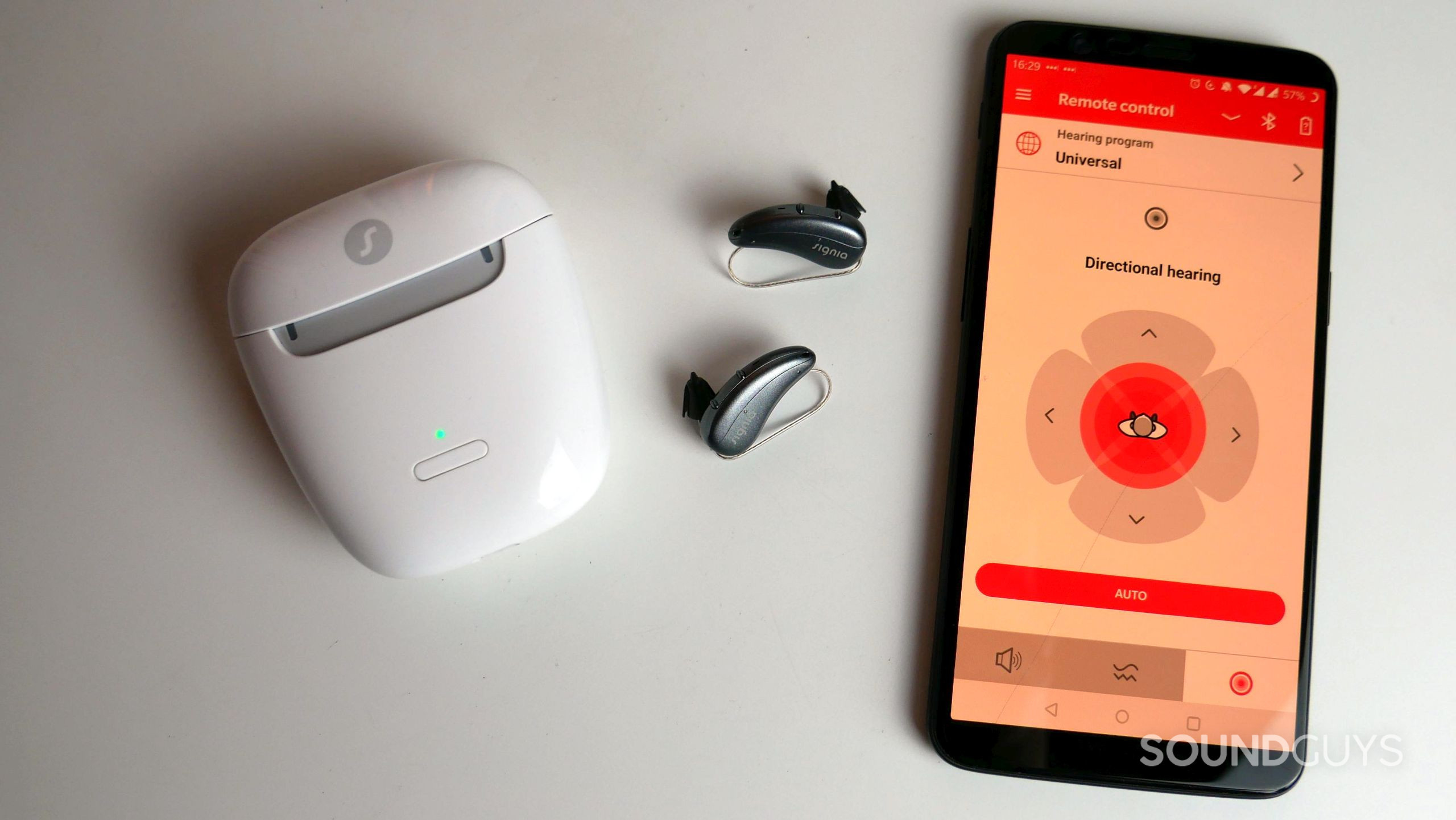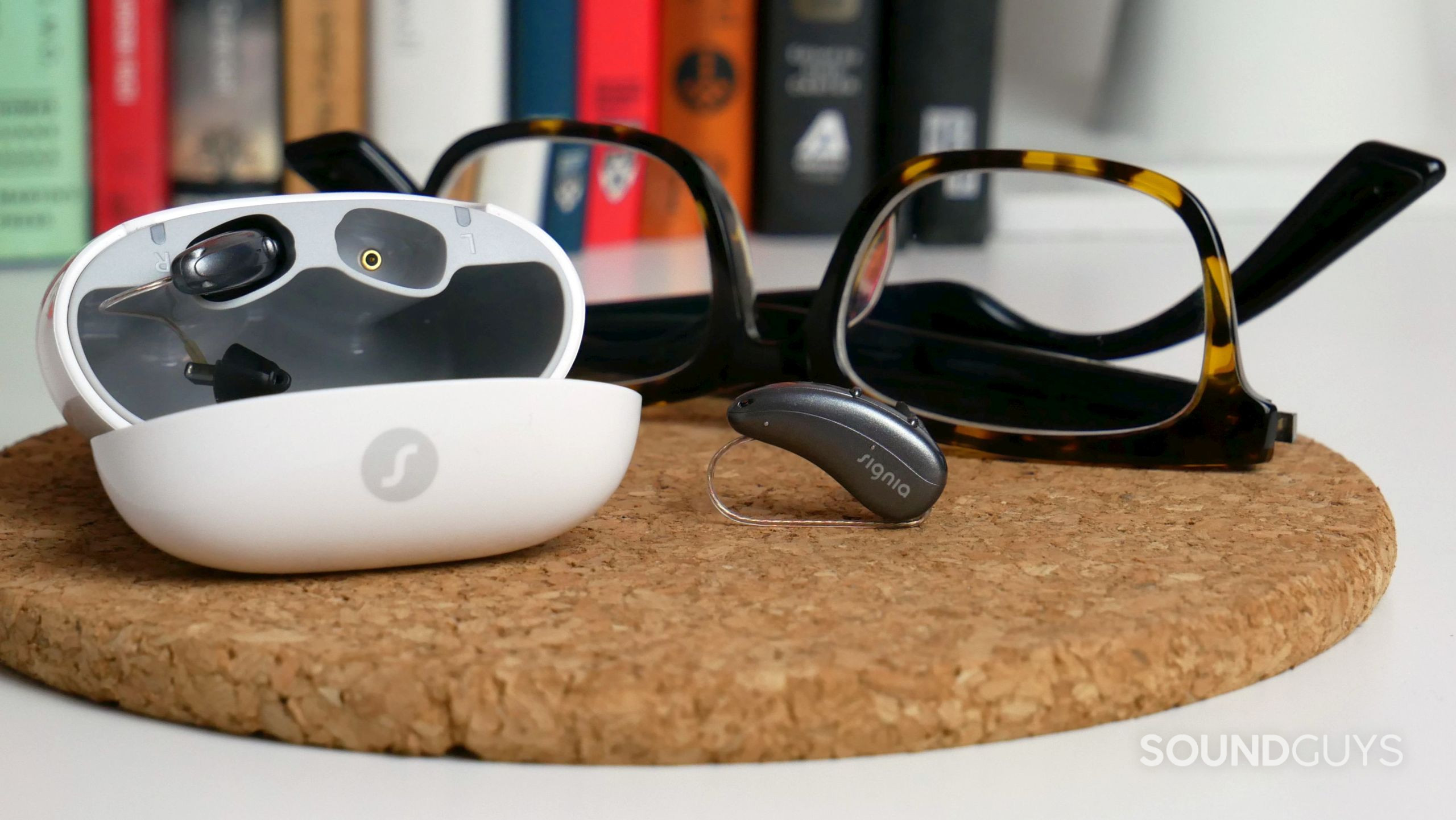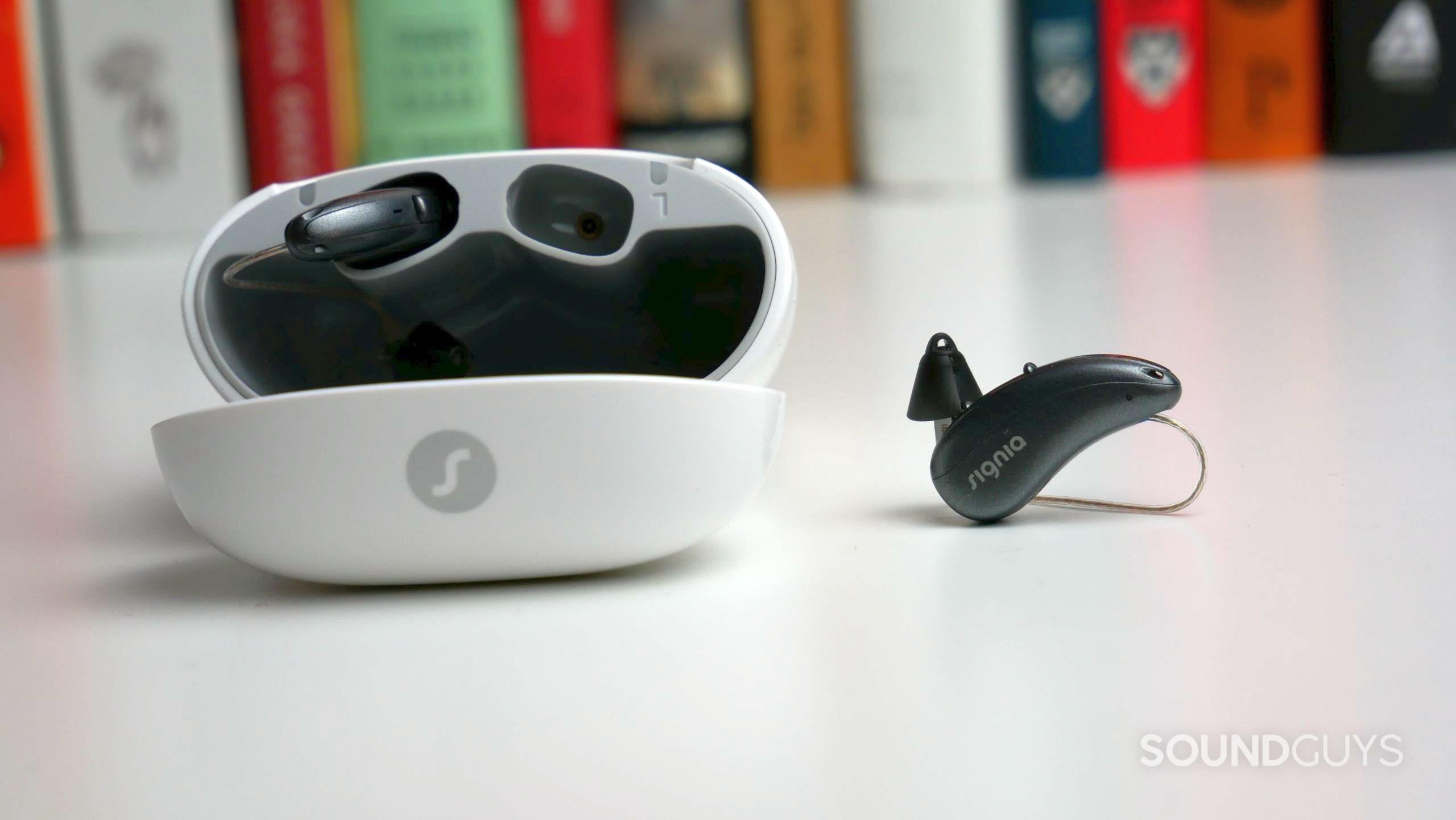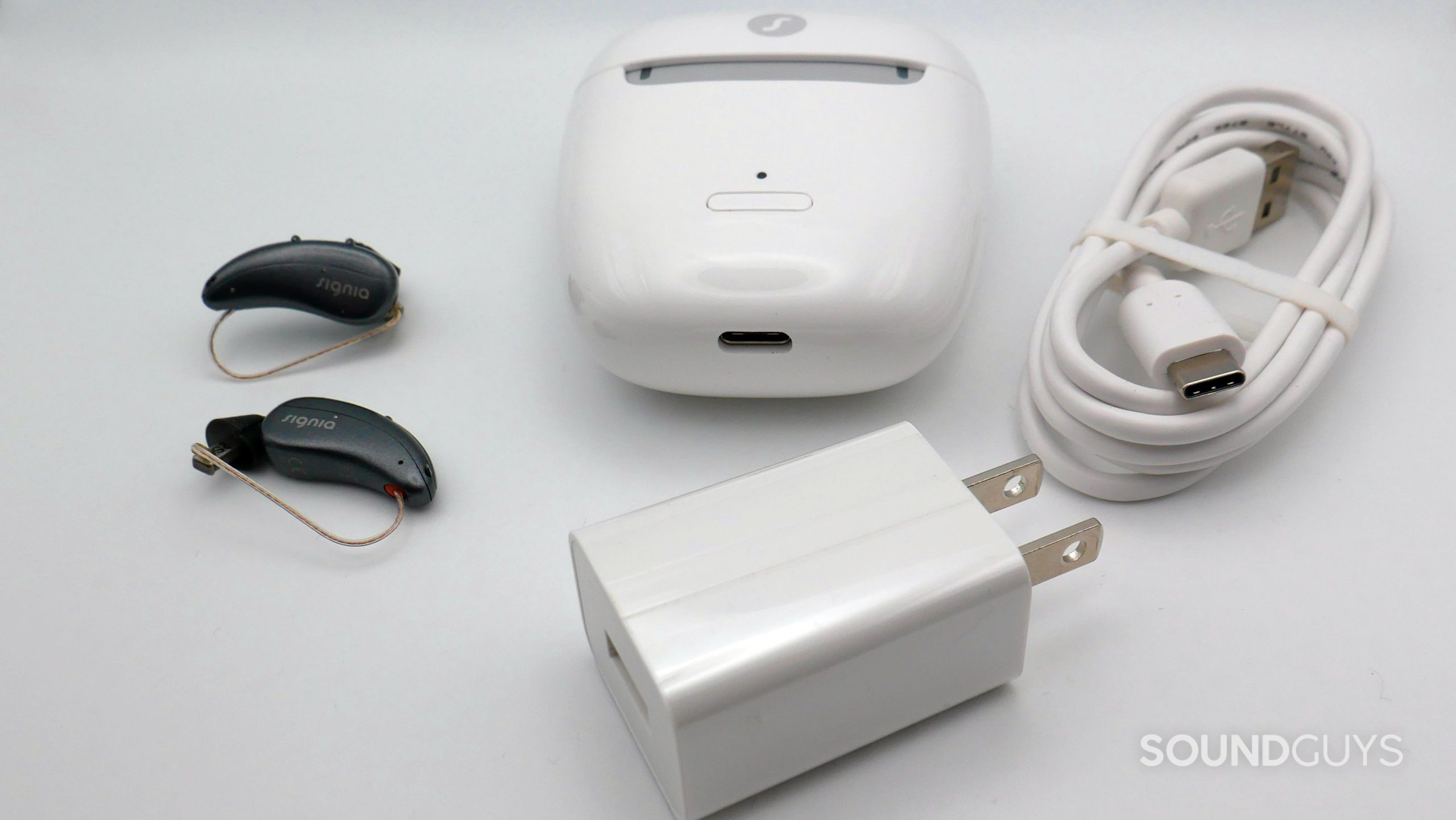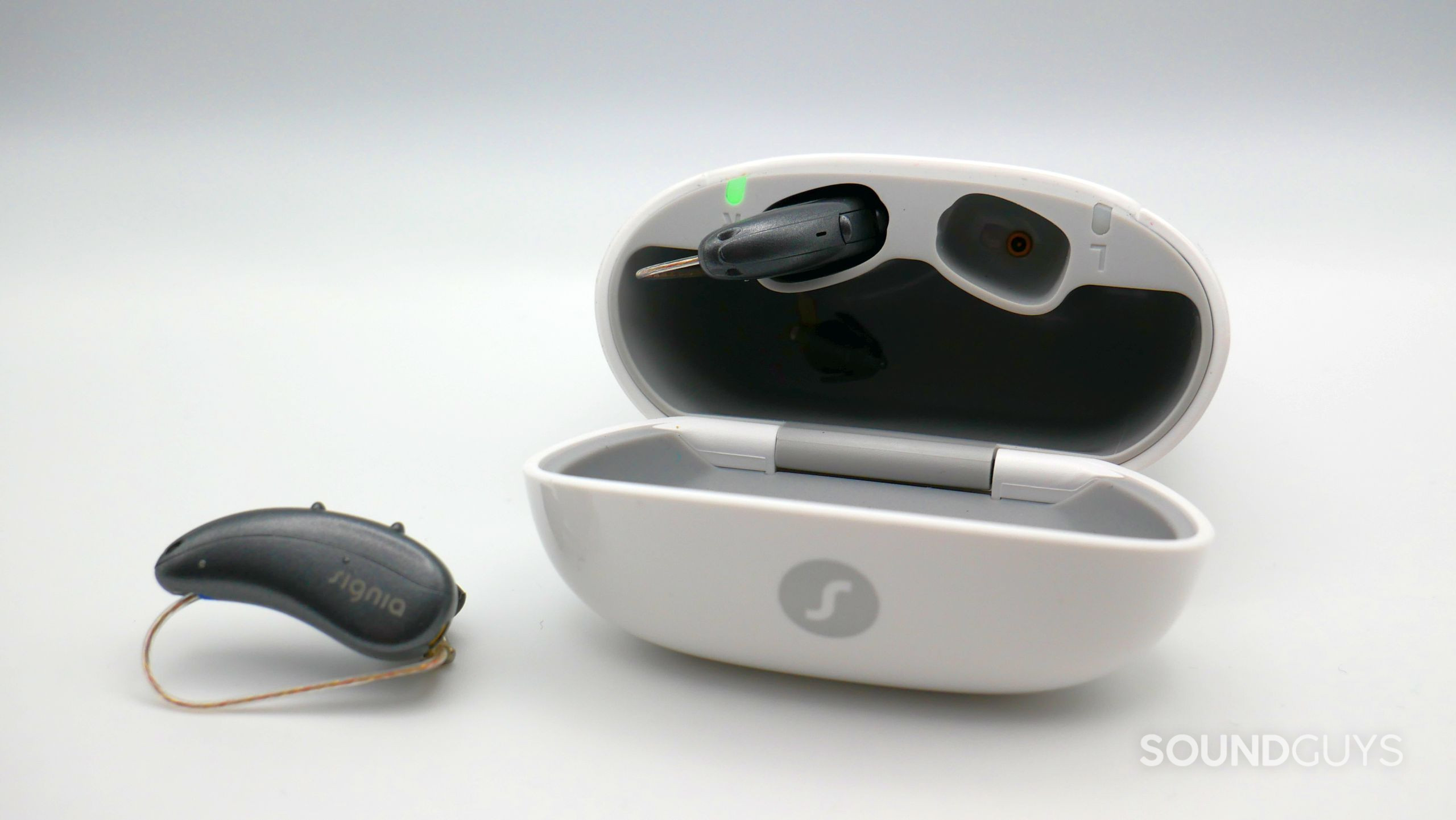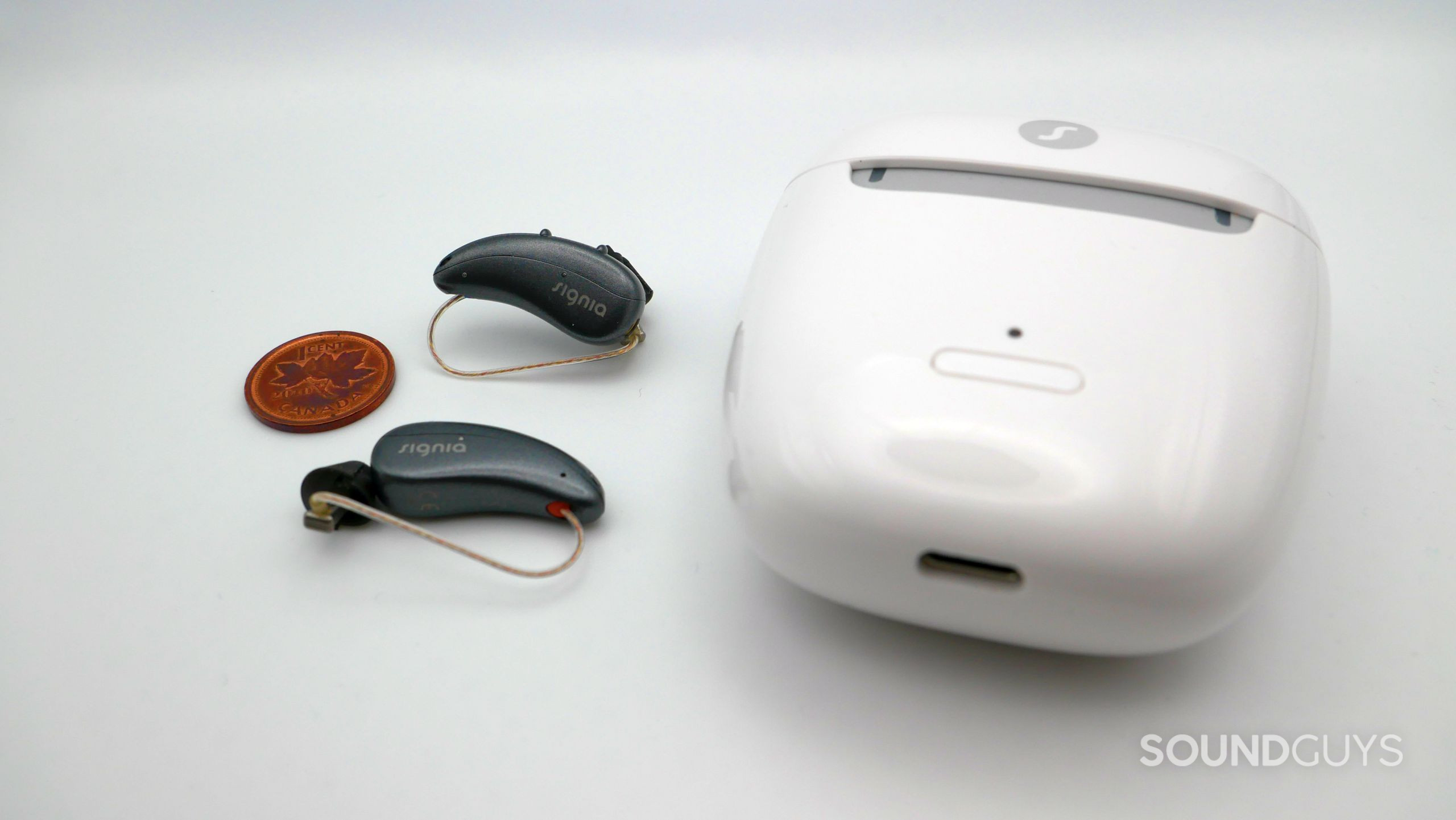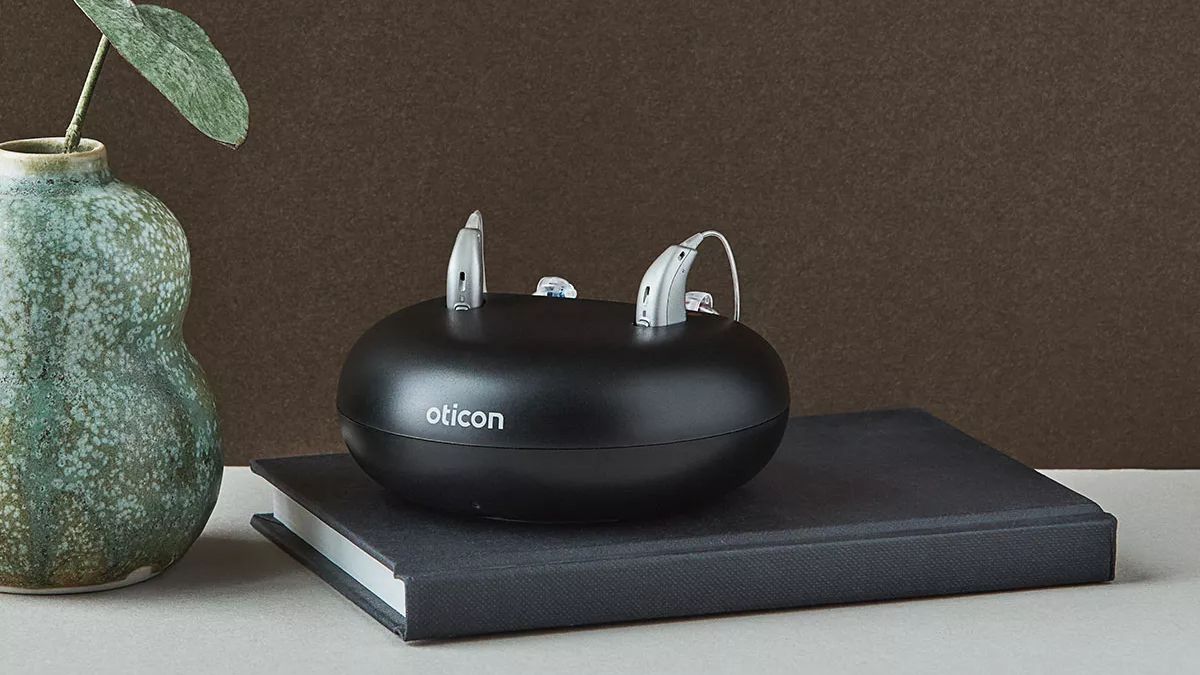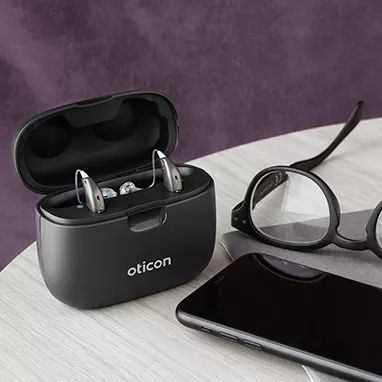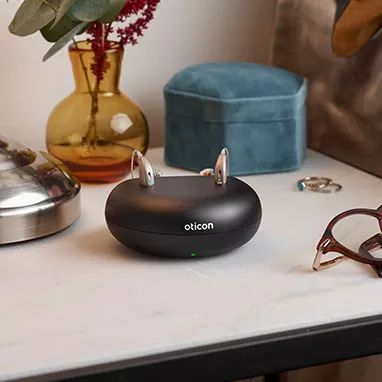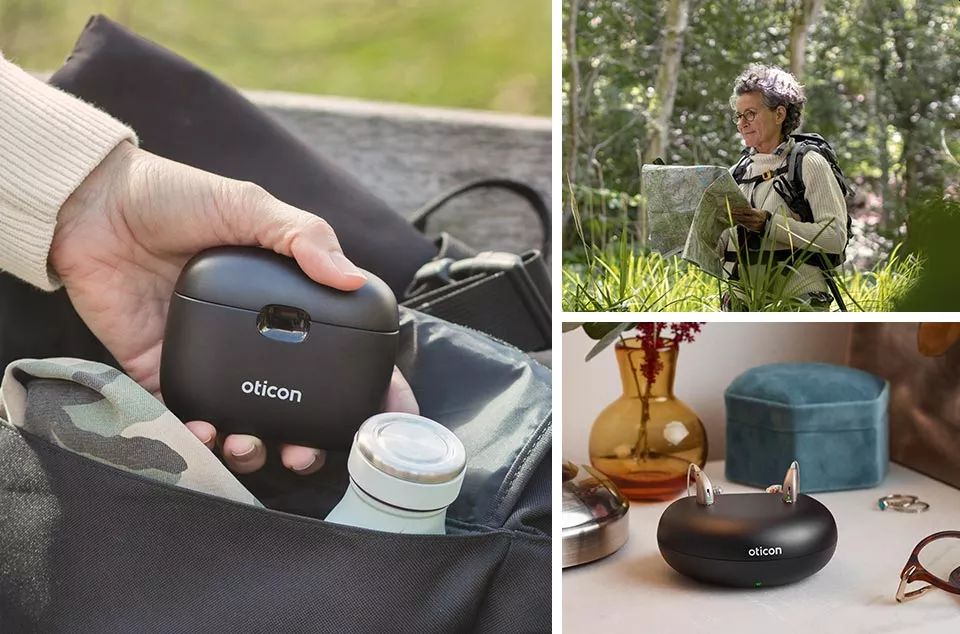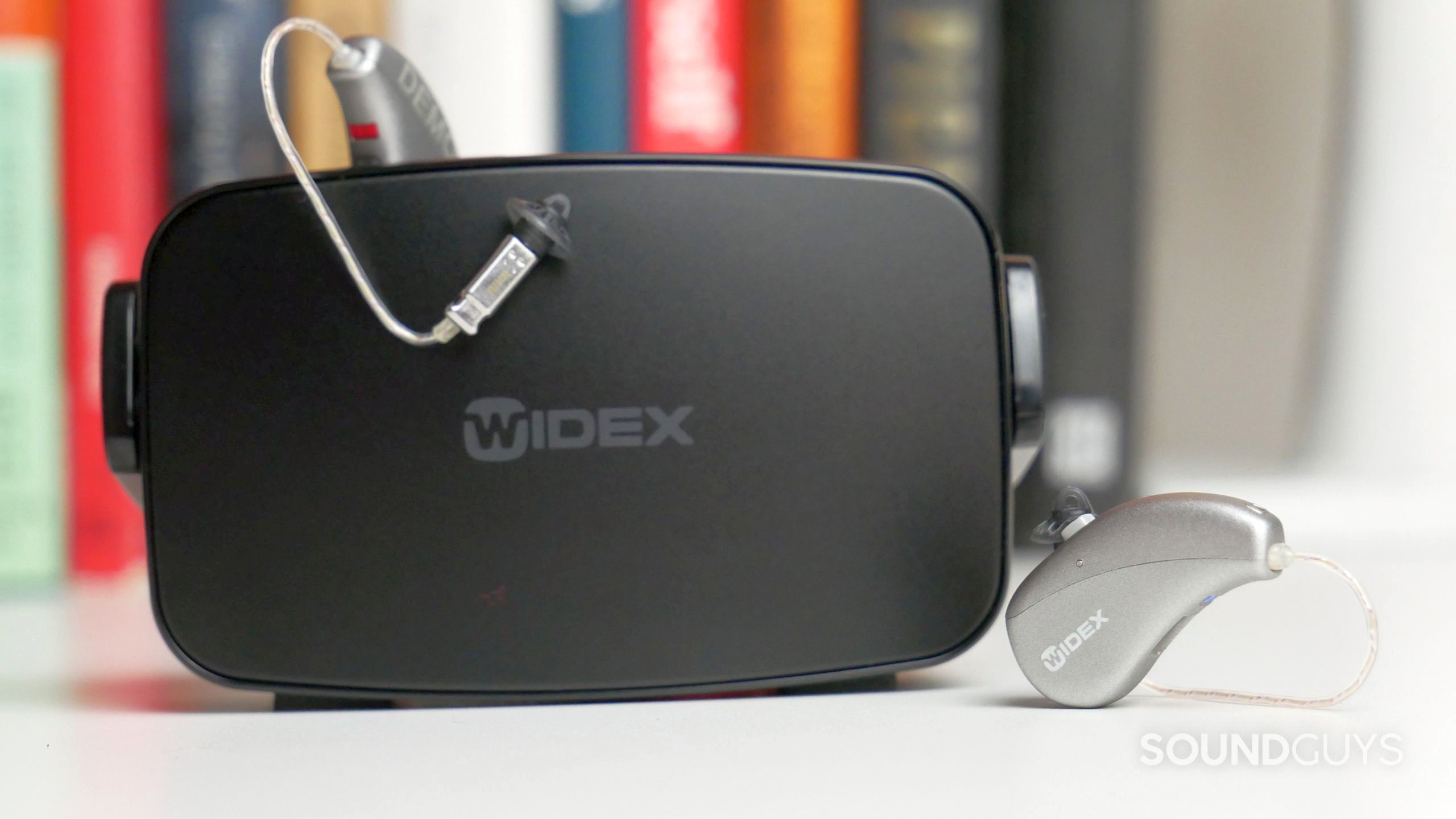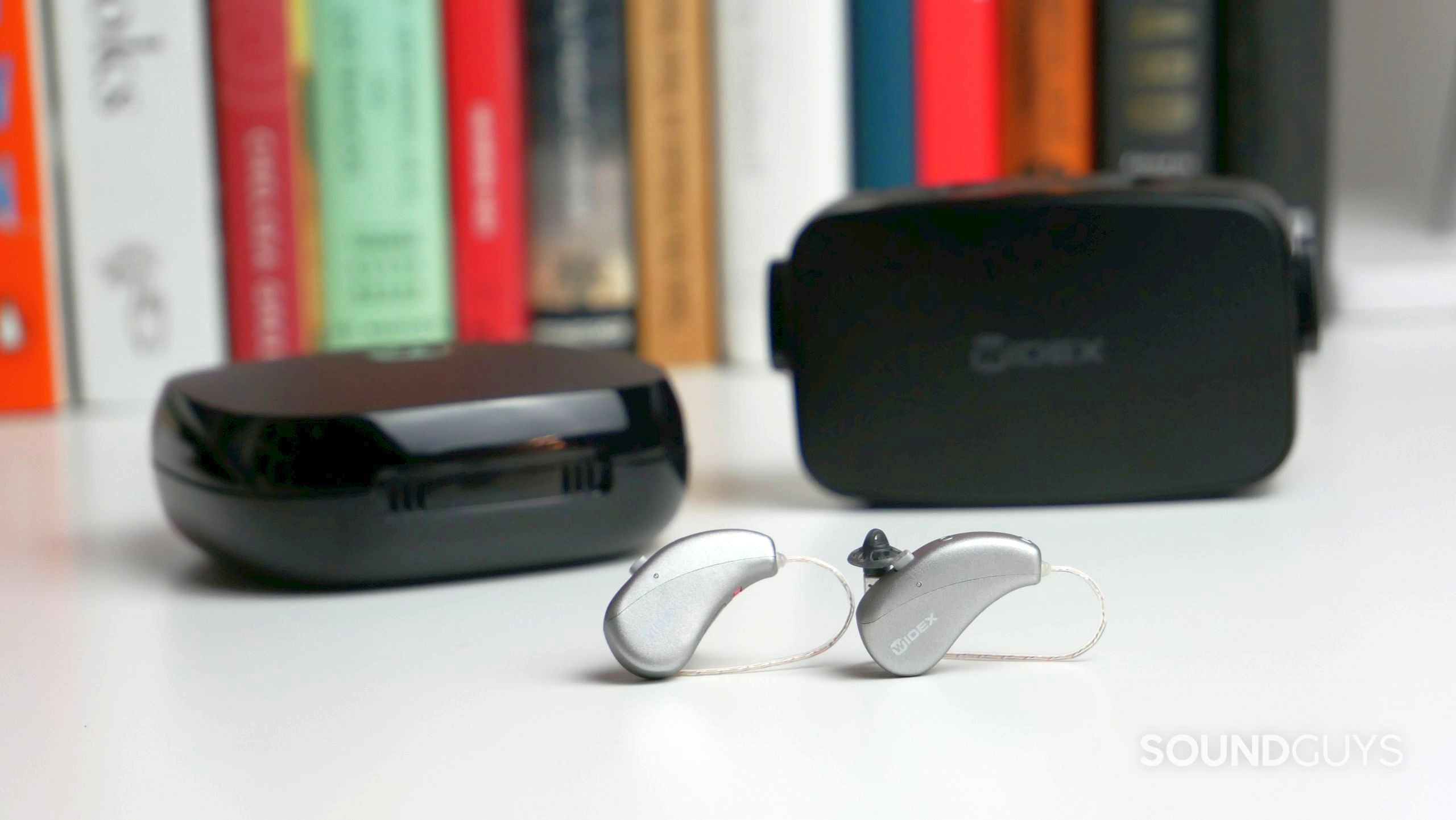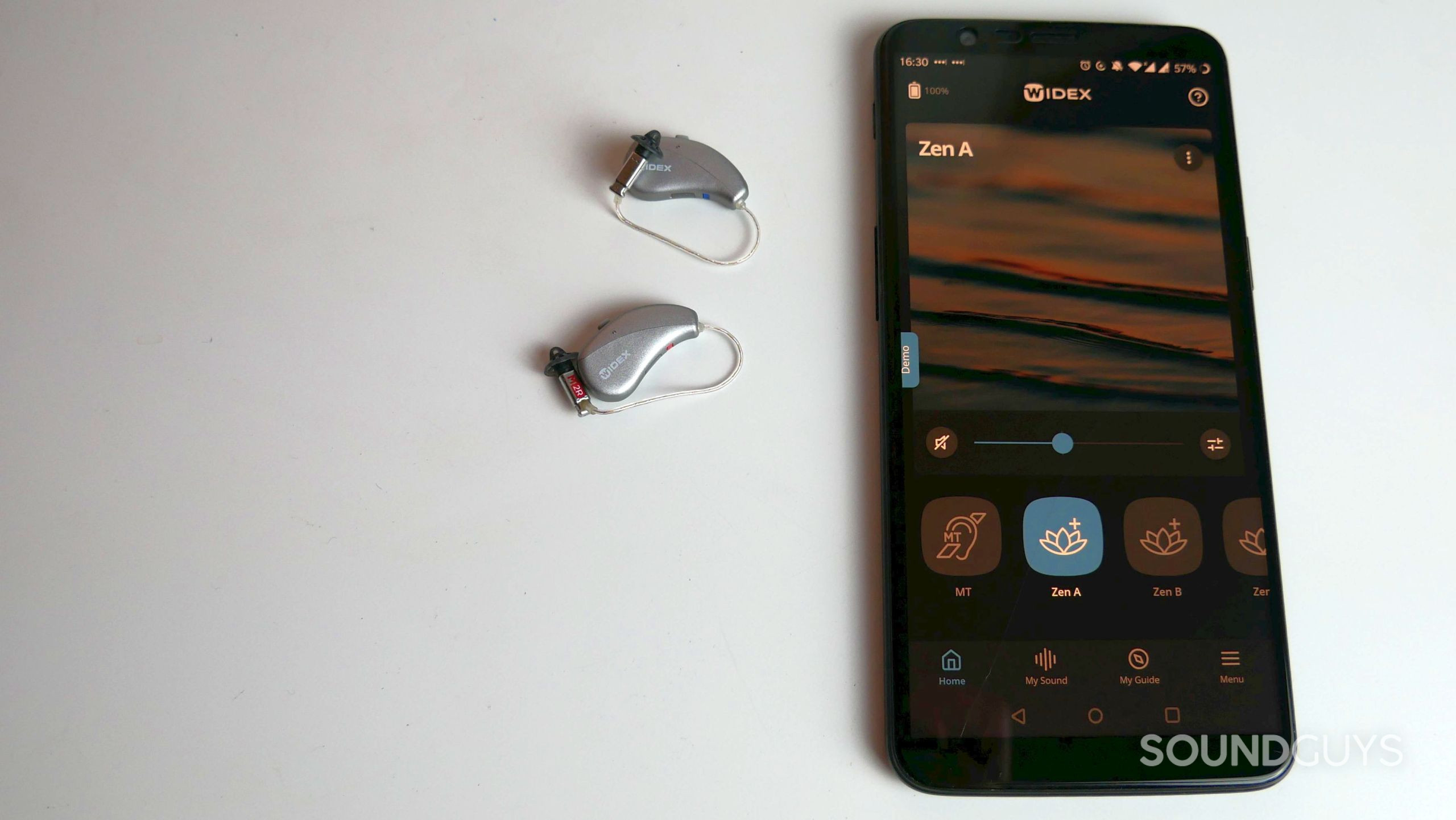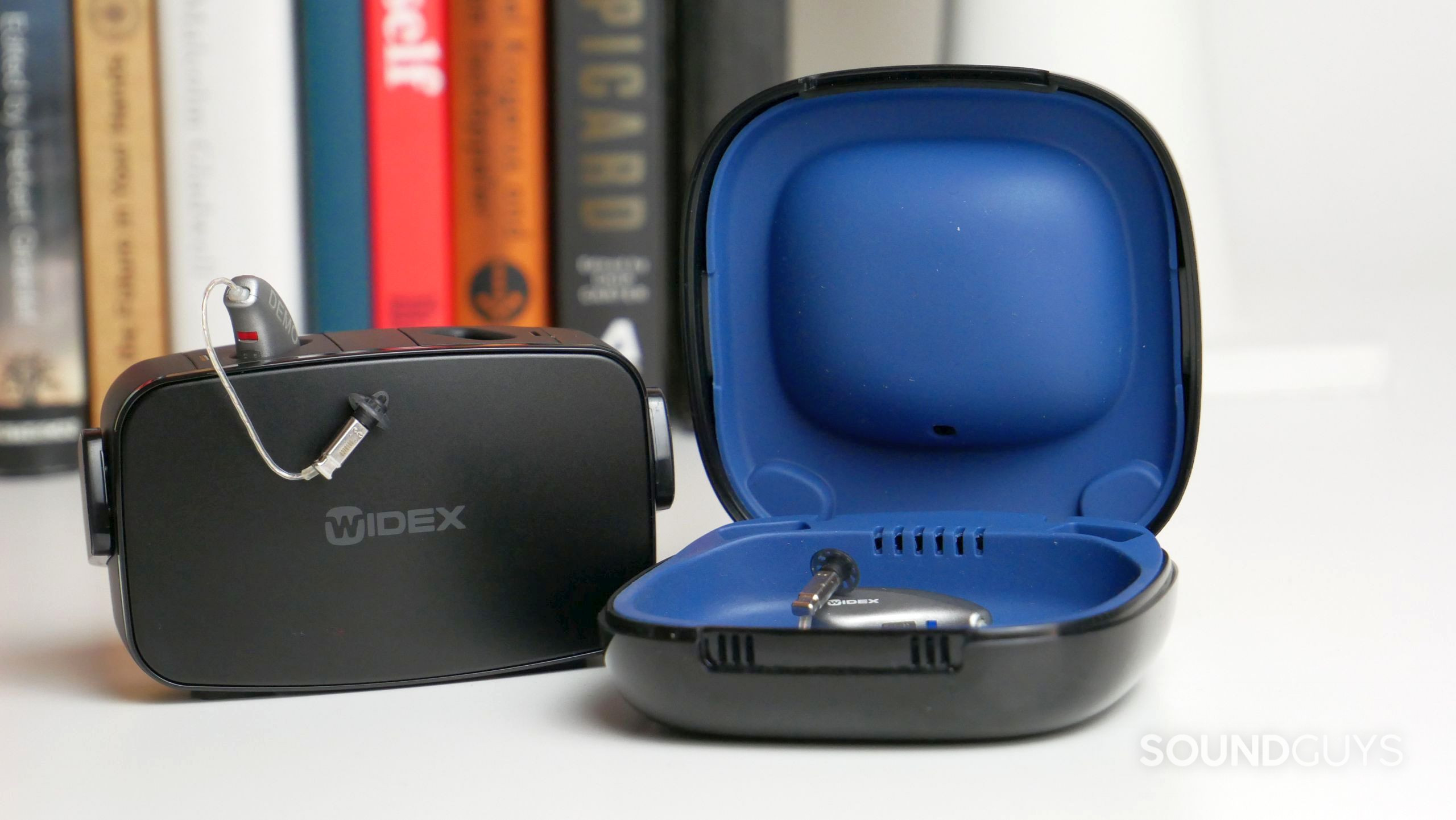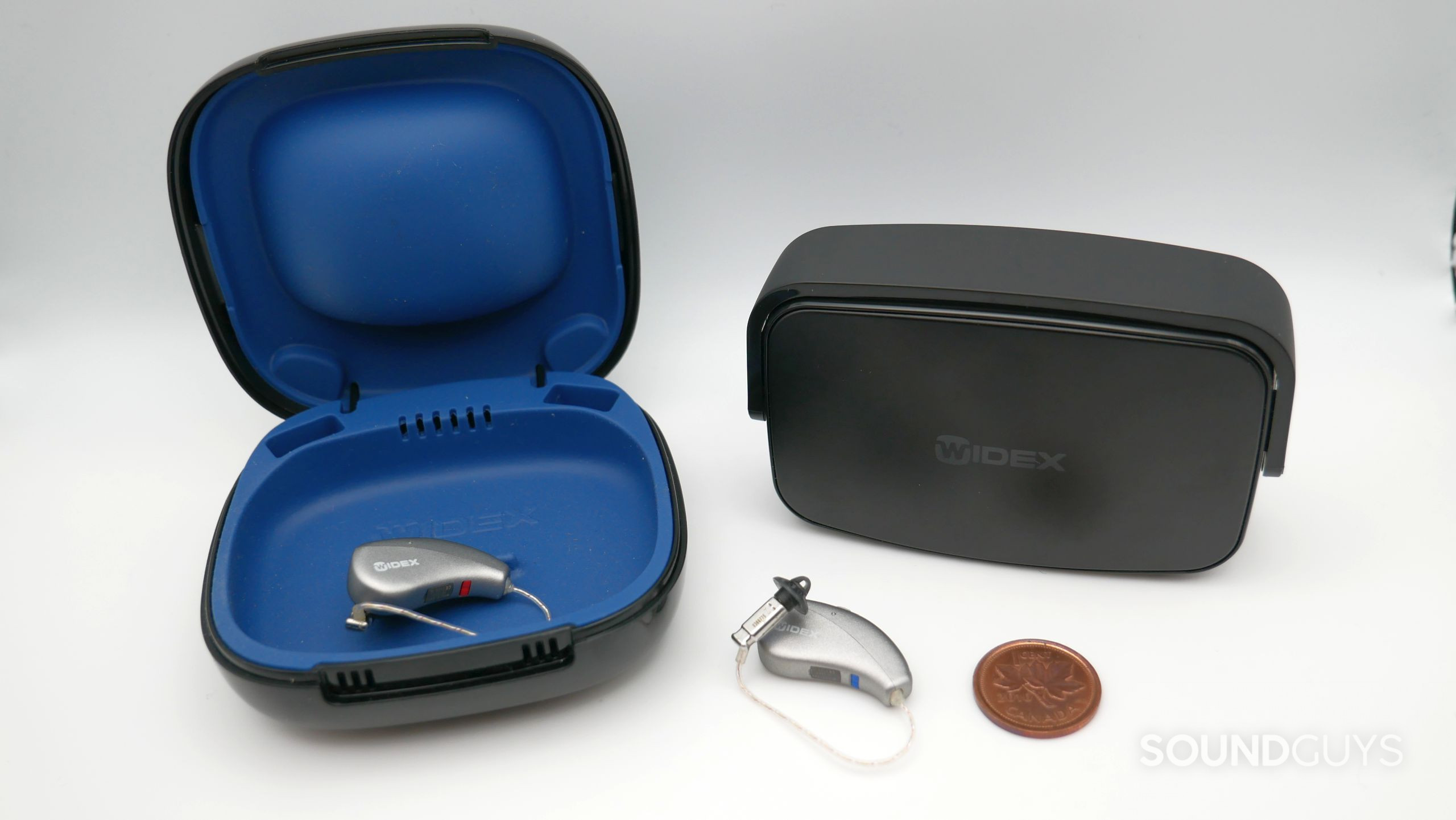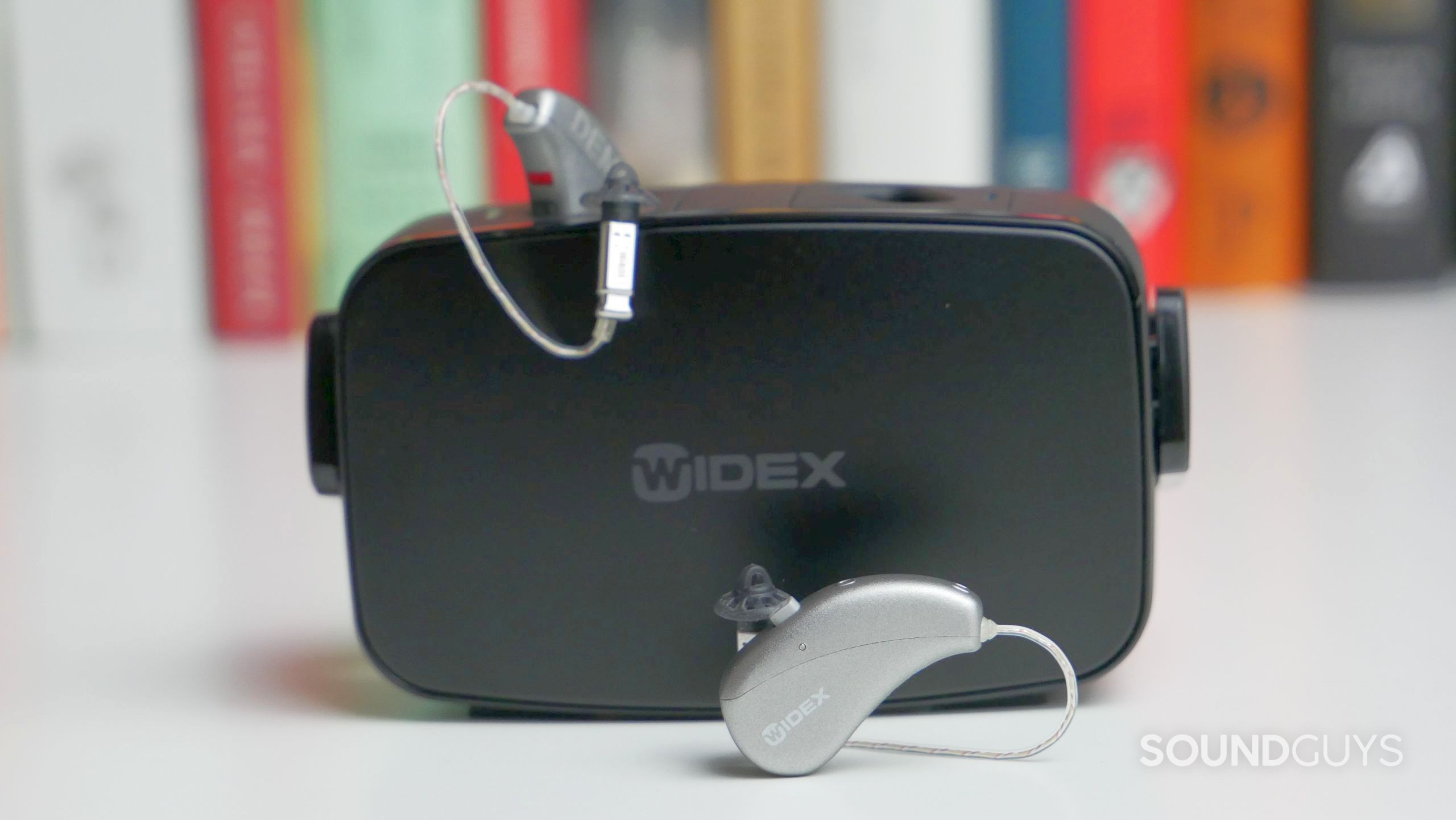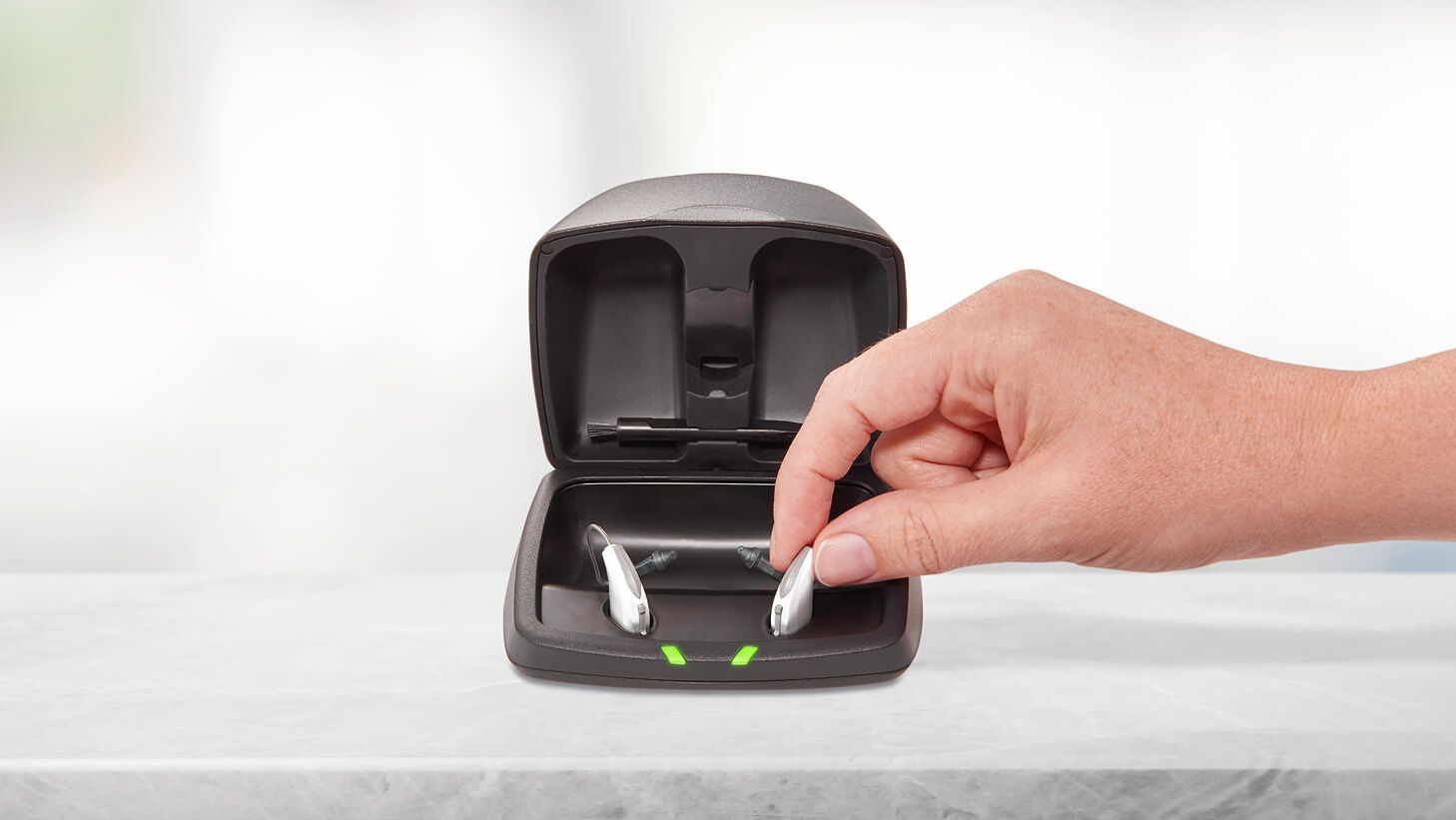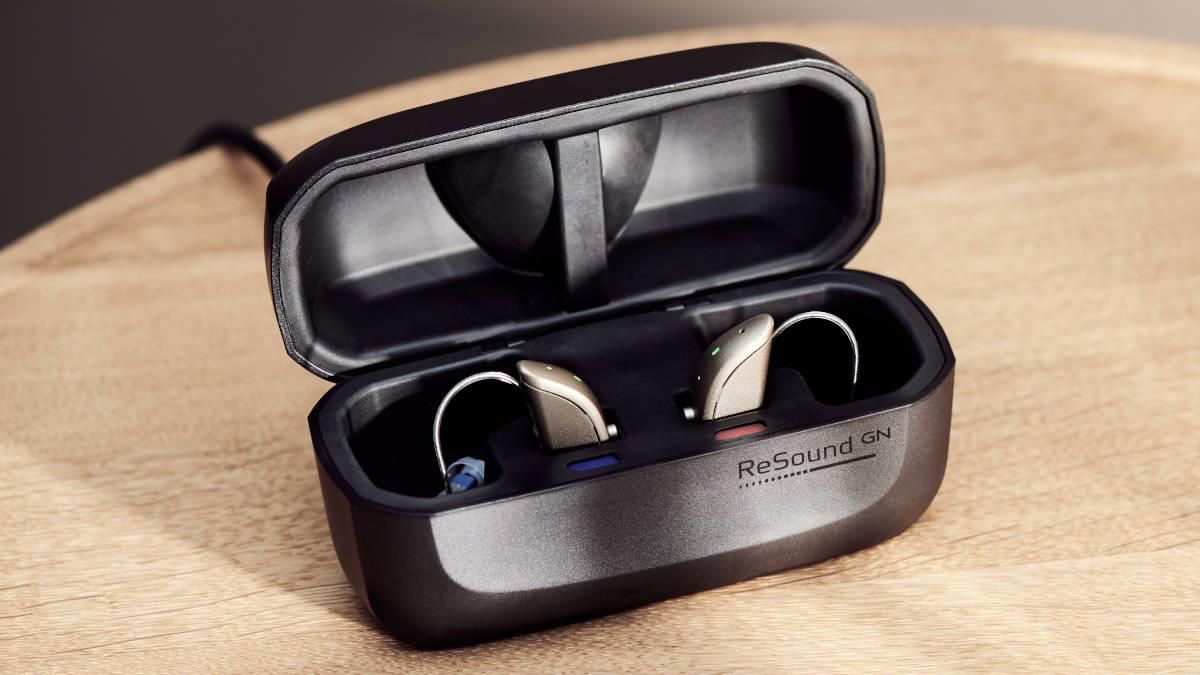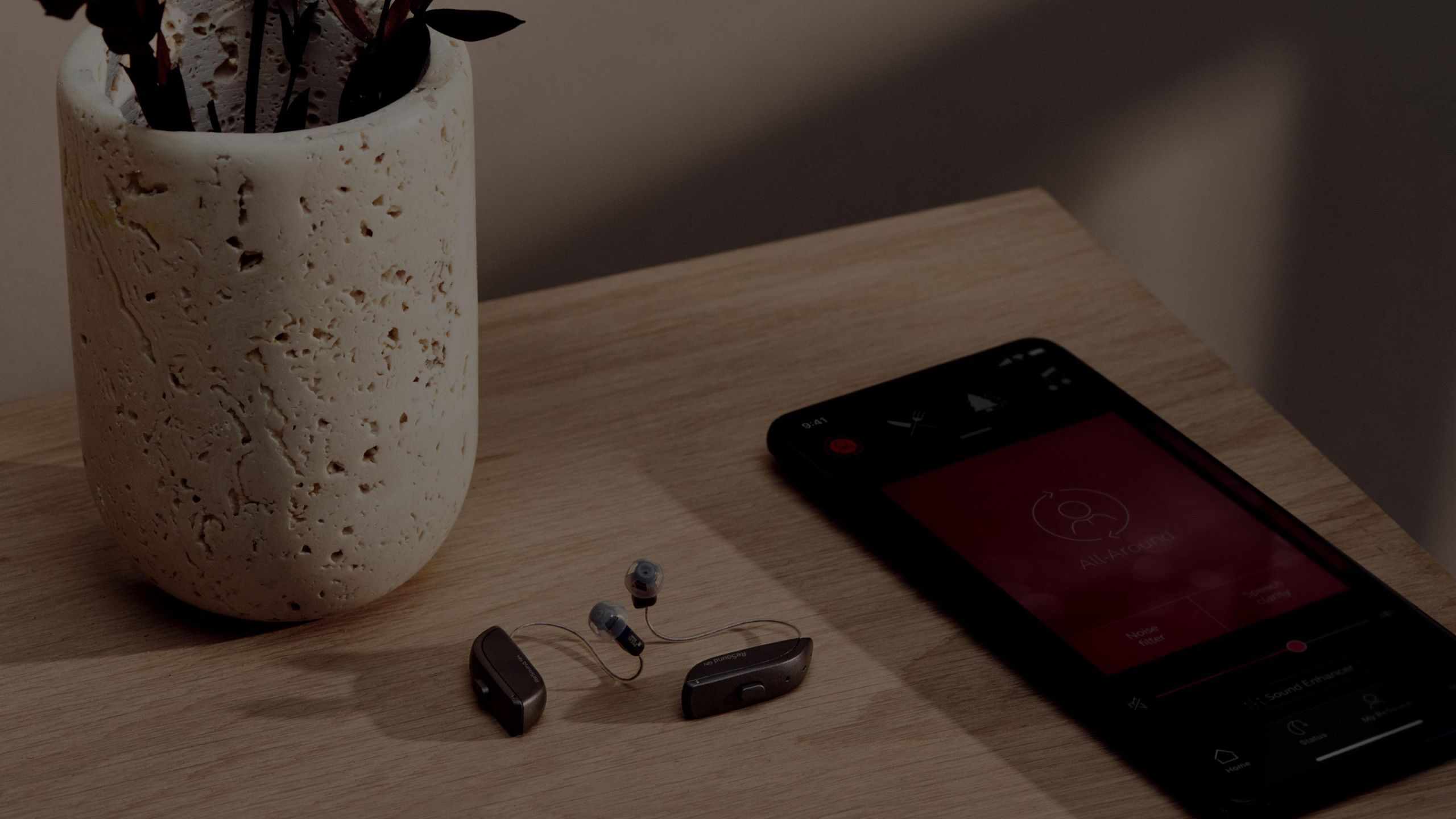All products featured are independently chosen by us. However, SoundGuys may receive a commission on orders placed through its retail links. See our ethics statement.
The best hearing aids for tinnitus masking
November 21, 2024
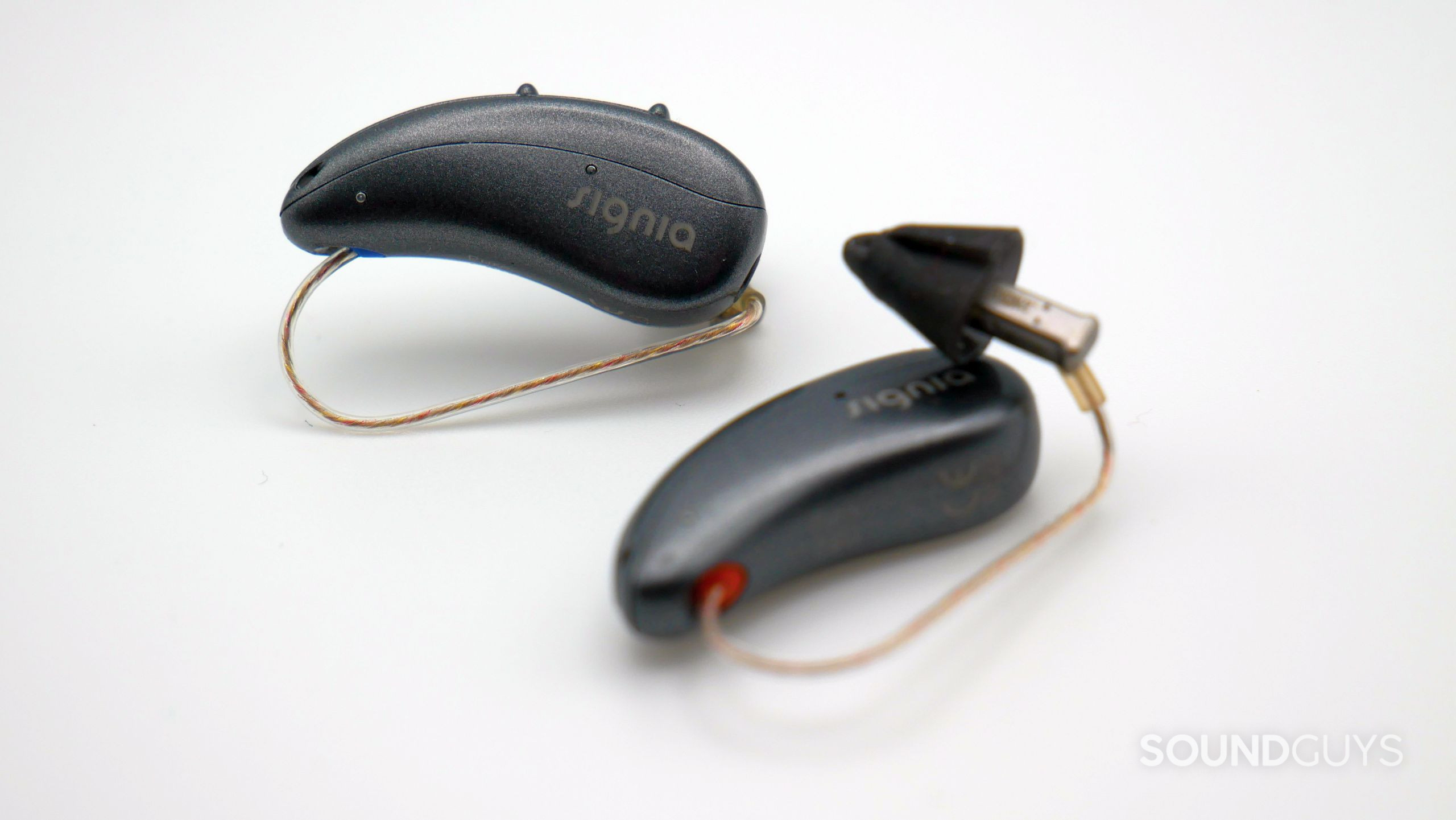
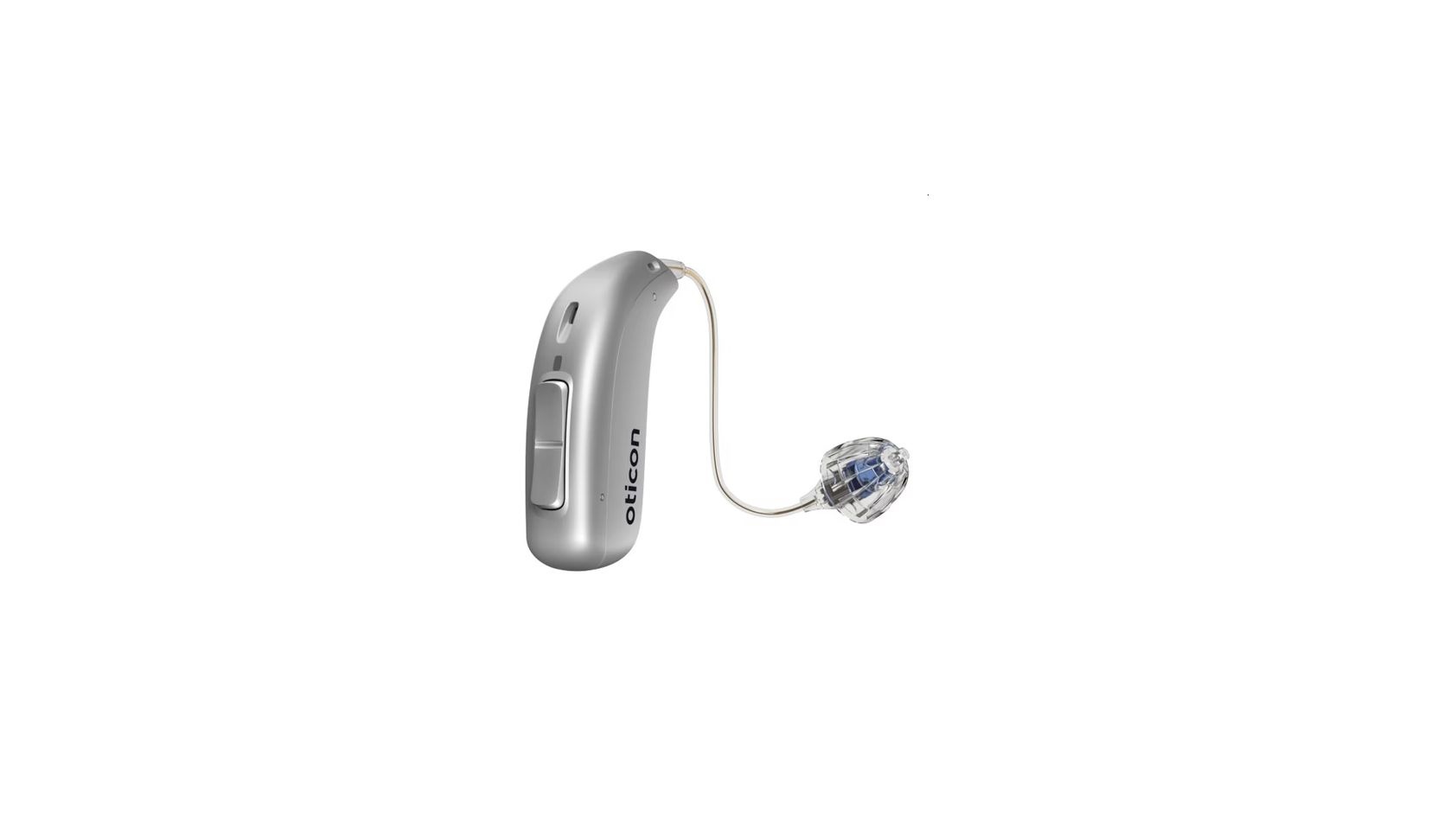
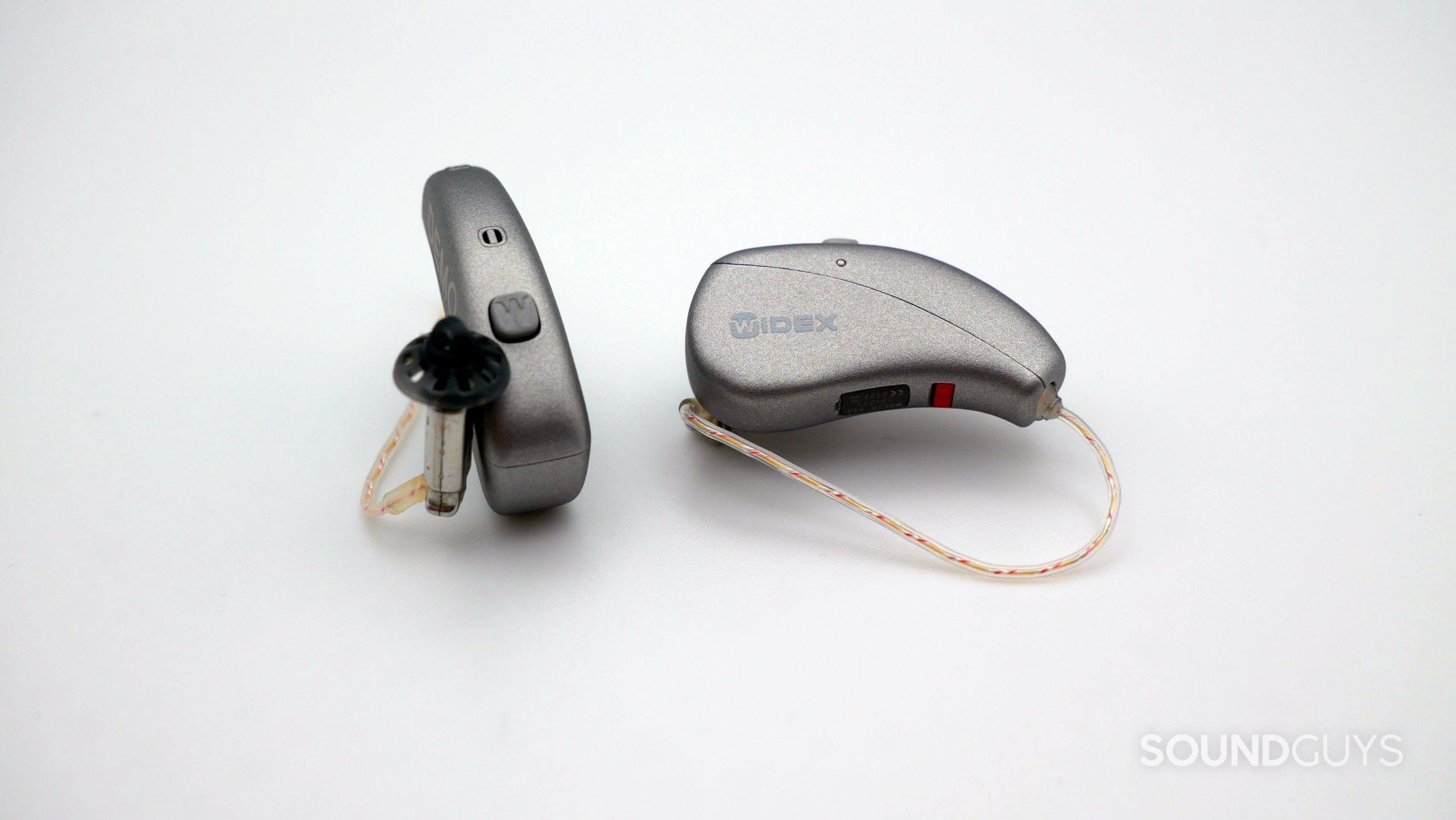
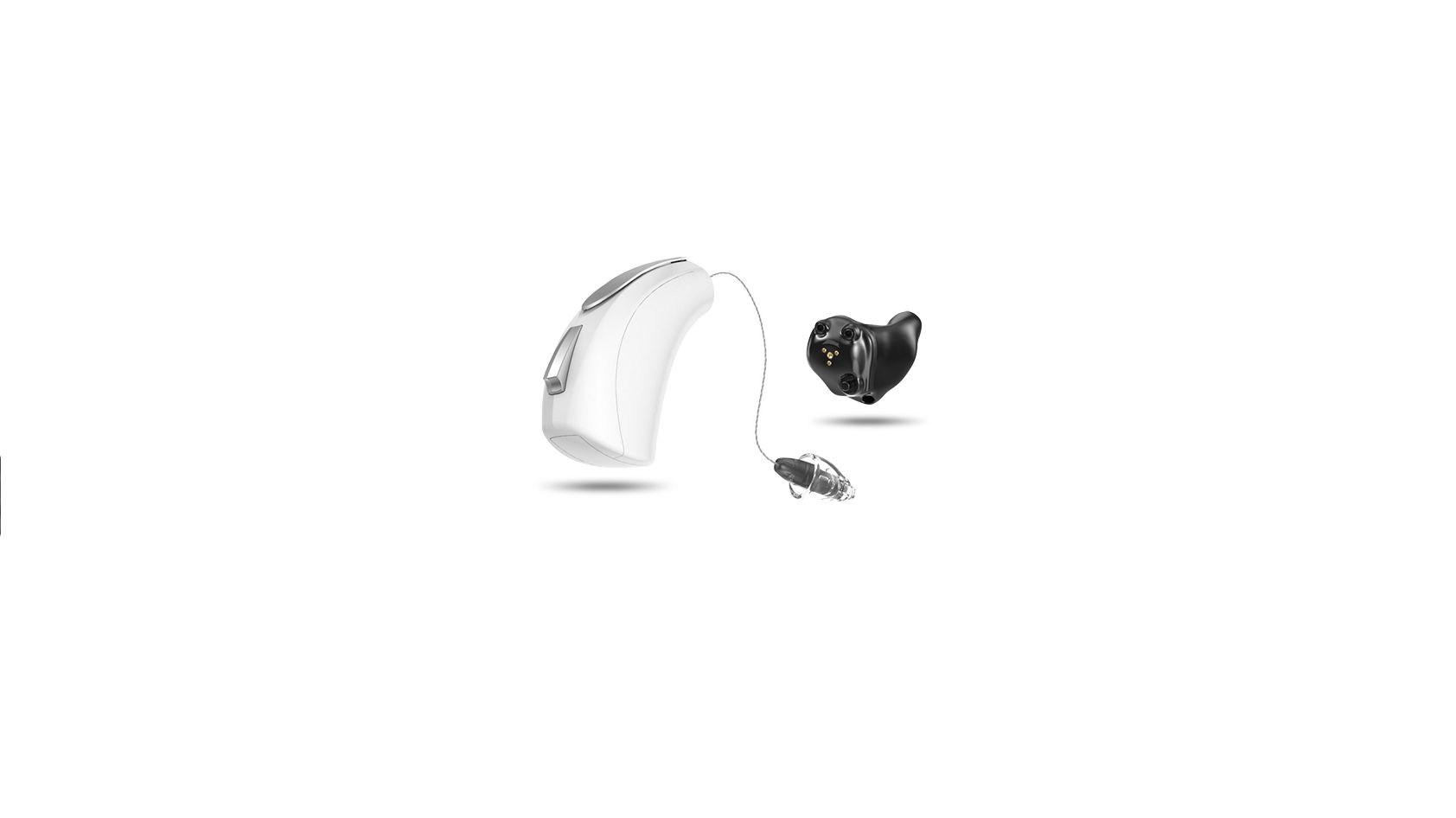
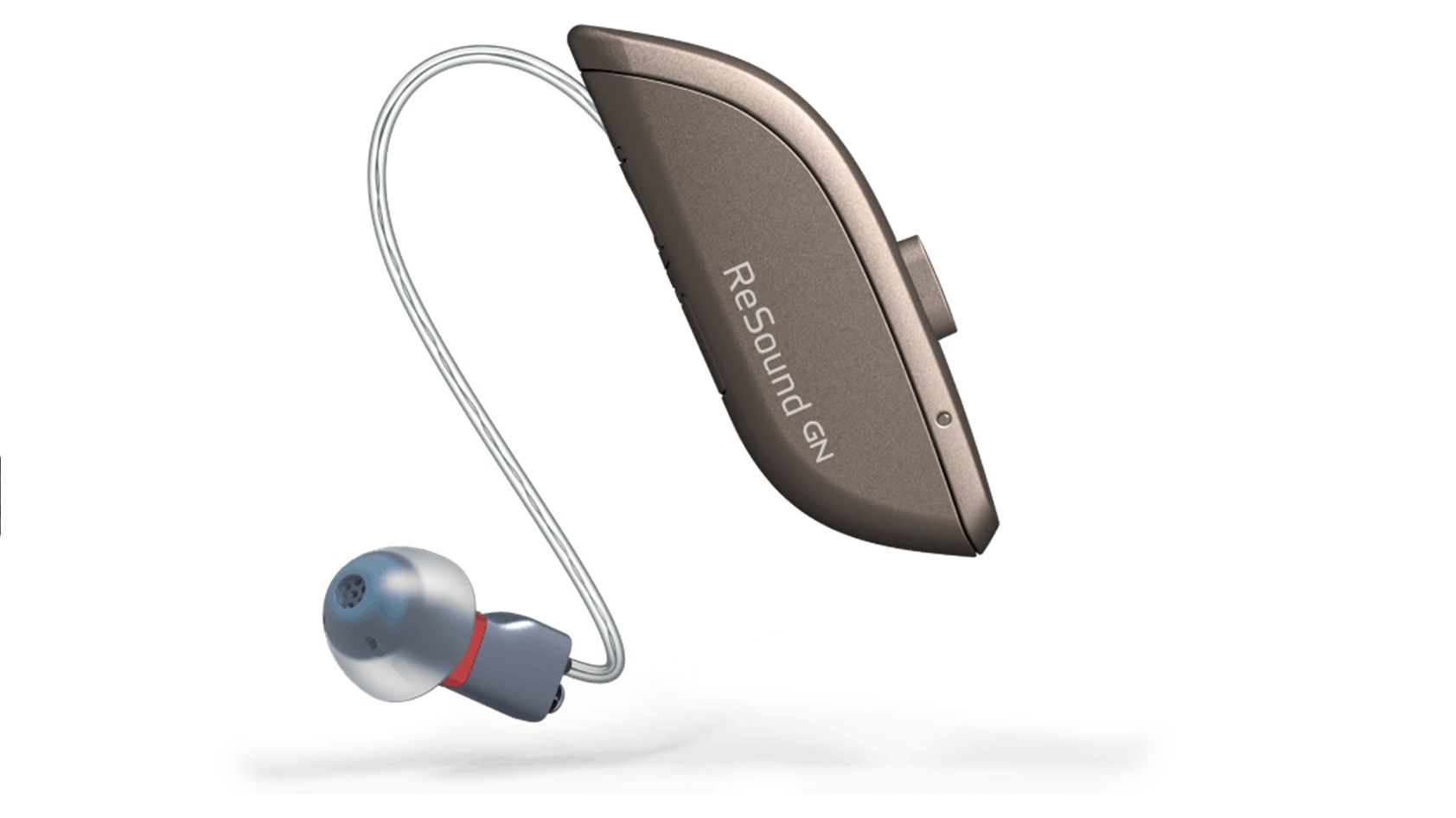
Tinnitus is a common symptom of hearing loss, though it can have many other causes. While you might not notice it until you’ve returned to a calm environment, noise can fuel the ringing in your ears. That’s how tinnitus not only makes it harder for you to follow conversations, but also prevents you from staying focused or achieving restful sleep.
In loud environments, a hearing aid can mute ambient noise, boost your ability to hear speech, and tame your tinnitus. When you’re back to the “raging” quiet, covering up the phantom noise using a tinnitus masker can bring relief. Many hearing aids come with integrated tinnitus masking; some even offer training programs that help you tune out your tinnitus. Getting a hearing aid early on is vital in maintaining your hearing and mental health.
We’ve compiled the best hearing aids for tinnitus masking and we explain what that means.
Editor’s note: this article was updated on November 21, 2024, to update formatting.
Yes and no. You can generally soothe your tinnitus with noise. Ultimately, the tinnitus programs in hearing aids play static or white noise to distract you from your tinnitus. You can achieve the same with any type of speaker, including headphones. Many hearing aid manufacturers even offer free tinnitus mobile apps. You could also try sleep headphones that come with a noise generator, such as the Bose Sleepbuds II.
That said, generic noise might not work as it’s not customized to the specific tinnitus frequencies that bother you. Also keep in mind that tinnitus can be a sign of underlying hearing loss. Addressing hearing loss with a hearing aid can be an effective way of keeping tinnitus in check. You don’t have to get costly medical-grade hearing aids right away; you could get started with a more affordable hearable that supports Bluetooth audio streaming or comes with a tinnitus feature.
The best all-around hearing aid is the Signia Pure Charge&Go AX
The Signia Pure Charge&Go is a receiver-in-the-canal (RIC) hearing aid with superior sound processing and Bluetooth LE support.
Many hearing aids use artificial intelligence (AI) to automatically adapt audio processing to the listener’s surroundings. What sets the Signia Pure Charge&Go AX apart from other hearing aids is its dual-processor setup. One processor is dedicated to speech-specific frequencies, while the other handles environmental sounds. By separately processing two audio streams, Signia’s Augmented Xperience (AX) platform produces better speech clarity and contrast to background noise. This is crucial for people with moderate to severe hearing loss.
The Signia Pure Charge&Go AX optionally comes with a portable charger, similar to true wireless earbuds‘ charging cases. The hearing aid’s rechargeable lithium-ion (Li-ion) battery lasts for up to 28 hours. A 30-minute quick charge adds around six hours of battery life, and a full charge takes four hours. These battery life estimates include five hours of streaming. You can stream to Android and iOS using Bluetooth Low Energy (LE). If you opt for the slightly larger Telecoil version, the Signia Pure Charge&Go T AX, you’ll get up to 36 hours of battery life.
Tinnitus masking is a feature of Signia’s mobile app. Once your hearing care professional enables this, the in-app Tinnitus Therapy hearing program lets you choose from a range of masking sounds. While you can control the volume of the tinnitus noise function, you can’t adjust the sounds themselves, which can be an issue if your tinnitus changes throughout the day. That said, your hearing care professional can customize the static signals for you. If your tinnitus is tonal and steady, look into Signia’s Notch Therapy. This tinnitus therapy is customized to the sound you hear and can reduce or even eliminate your tinnitus over time.
Learn more about the Signia Pure Charge&Go AX.

The Oticon More adapts to different sounds using AI
The Oticon More uses a deep neural network (DNN) to process sounds. Trained with over 12 million real-life sounds, the DNN can recognize and automatically adapt to different auditory environments. Like all hearing aids, the Oticon More focuses on extracting spoken words from background noise. It also offers a program, Oticon MyMusic, that enhances your music listening experience.
On a single charge, Oticon More’s rechargeable Li-ion battery will last you up to 24 hours. With five hours of streaming, the battery life drops to 18 hours. With your Oticon More, you can stream audio from Android (via ASHA) or iPhone (via MFi). A 30-minute quick recharge adds six hours of power. Per default, the Oticon More comes with a USB-powered charging station, though you can also opt for the portable SmartCharger, which holds three full charges and a moisture-removing drying function for your hearing aids.
The Oticon More supports Oticon’s Tinnitus SoundSupport program. Similar to Signia’s offering, it includes white noise and ocean-like sounds. The free Oticon ON App for Android and iPhone lets you control the tinnitus programs, though it needs to be unlocked by your hearing care professional. In contrast to Signia’s app, you can adjust the sounds used to mask your tinnitus, which gives you more control.
Learn more about the Oticon More.

The Widex MOMENT has fast and detailed processing options
The Widex MOMENT is an AI-powered Bluetooth hearing aid with dual digital processing, and with it, you can choose from two different processing pathways. The ultra-fast ZeroDelay pathway powers the PureSound program with processing below 0.5 milliseconds. The Classic pathway, which has a processing time of as much as 2.5 milliseconds, serves up to five programs your audiologist can load on your hearing aid, as well as any custom programs you create with the Widex MOMENT mobile app. In addition to amplifying sounds, the Classic pathway eliminates feedback, dampens loud sounds, and manages noise. More severe hearing loss requires more elaborate processing, which takes more time.
At up to 40 hours per charge, the battery life of the Widex MOMENT is among the best in its class. A 30-minute charge will give you four hours of battery life, and a full charge takes up to four hours. Unfortunately, this hearing aid doesn’t offer a handy charging case. Instead, it comes with a carrying case and a separate microUSB charging station with no internal battery.
The Widex MOMENT supports the Widex Zen Therapy program, delivered through the separate Widex Zen, Tinnitus Management app, available for Android and iOS. In addition, your hearing care provider can enable custom Zen programs and the SoundRelax program in the Widex MOMENT app.
We had a chance to interview Dana Helmink, AuD, Senior Director of Audiology and Clinical Education at Widex, to ask her about Widex’s tinnitus management tools. Below are her responses.
Dana explains: “Widex Zen Therapy is unique because it is an integrated program addressing all three dimensions of tinnitus distress: the auditory aspects, attention and emotion. Widex Zen Therapy includes components of counseling, amplification, sound therapy, and relaxation that can be combined depending on the needs of the individual.”
Widex Zen Therapy uses fractal tones, aka Zen tones, which are customized to the wearer’s hearing loss and generated within the hearing aids themselves. The fractal sounds method is backed by research, funded by Widex.
Dana explains further: “These unique Zen fractal tones are a type of musical stimulus that are predictable, but not repeatable, allowing the mind to focus more easily and benefit from the therapeutic properties. The goal is to create tones that conform to the musical characteristics the brain associates with relaxation, while ensuring they’re always original and engaging. This is relevant because the brain will typically habituate to any predictable sound and the effect the stimuli has on emotional state may then decrease. Widex Zen Therapy uses fractal tones, aka Zen tones, which are generated within the hearing aids themselves.”
Dana says: “Widex SoundRelax is the evolution of this unique and proven fractal approach, expanding the choice of sounds with tones that are softer and with better binaural synchronization than the original Zen tones. The expanded Widex SoundRelax palette also includes new modulated wave-like sounds that have been rated highly by listeners for well-being, relaxation and concentration. In short, Widex SoundRelax expands on the already successful Zen technology to help wearers relax and boost concentration, while experiencing a reduction in tinnitus distress, if needed.”
Dana elaborates: “Anyone wearing Widex Moment or Widex Moment Sheer hearing aids can use Widex SoundRelax to support relaxation, concentration, and well-being. Widex SoundRelax is intended to combat stress and sustain health for wearers with and without tinnitus. The hearing care professional can add the Widex SoundRelax tones to any fitting and customize them to the preferences of the wearer.”
Learn more about the Widex MOMENT.

The Starkey Livio Edge AI brings lots of ear shape options
Starkey’s Livio Edge AI hearing aids are available in four different form factors: behind-the-ear, receiver-in-canal, custom-molded-in-the-ear, and in-the-canal. All of them are available as rechargeable models.
In addition to auto-adapting AI technology, Livio Edge AI hearing aids pack sensors that can track your activity and engagement levels, detect falls and issue alerts, find your hearing aids, and find your phone. Other unique features include transcription of captured speech and instant in-ear translation to one of many different languages. To access the Livio Edge AI sensor settings and advanced features, you’ll need the Thrive Hearing Control app.
Thanks to its sensors, your Livio Edge AI hearing aid can turn on or off automatically when you put it in or take it out of your ear. It’s a great way to preserve the 24-hour battery life. This is a notable feature because most other hearing aids turn on automatically when removed from the charger and don’t turn off until manually switched off or returned to the charger.
The Edge AI can detect when you fall and send out alerts, notifying up to three designated people via text.
For tinnitus relief, Starkey has integrated Multiflex Tinnitus Technology into all its hearing aids. Together with your hearing care professional, you can fine-tune a custom sound that masks your tinnitus. This option is most suitable for people with steady tonal tinnitus as you can’t adjust the sound yourself.
Learn more about the Livio Edge AI.

The ReSound ONE fixes a common behind-the-ear problem
The ReSound ONE is a RIC hearing aid with an additional microphone attached to the receiver (aka speaker) itself.
This microphone and receiver-in-ear (M&RIE) solution addresses a major downside of hearing aids that sit behind the ear; they place the sound-capturing microphone on top of the ear. In natural hearing, the ear conch plays a key role in shaping the sound that enters the ear canal. Your brain has learned to interpret this naturally shaped sound, for example, to gather directional information. By putting a microphone into the receiver that sits in the ear canal, ReSound can amplify more natural sound.
The ReSound ONE holds up to 30 hours of battery life. The optional Premium Charger provides three days of quick charging and doubles as a carrying case. The ONE supports audio streaming from Android (via ASHA) and iOS (via MFi) devices.
The ReSound Relief app pairs with the ReSound ONE to help you cope with tinnitus. It’s one of the more versatile apps, as you can combine up to five different sounds to create a custom soundscape and balance the audio between your left and right ears. The premium version of the app unlocks a fully customizable tinnitus sound therapy. Unfortunately, you can’t load the soundscapes, or the sound therapy directly onto your hearing aid.
Learn more about the ReSound ONE.

The best hearing aids for tinnitus masking: Notable mentions
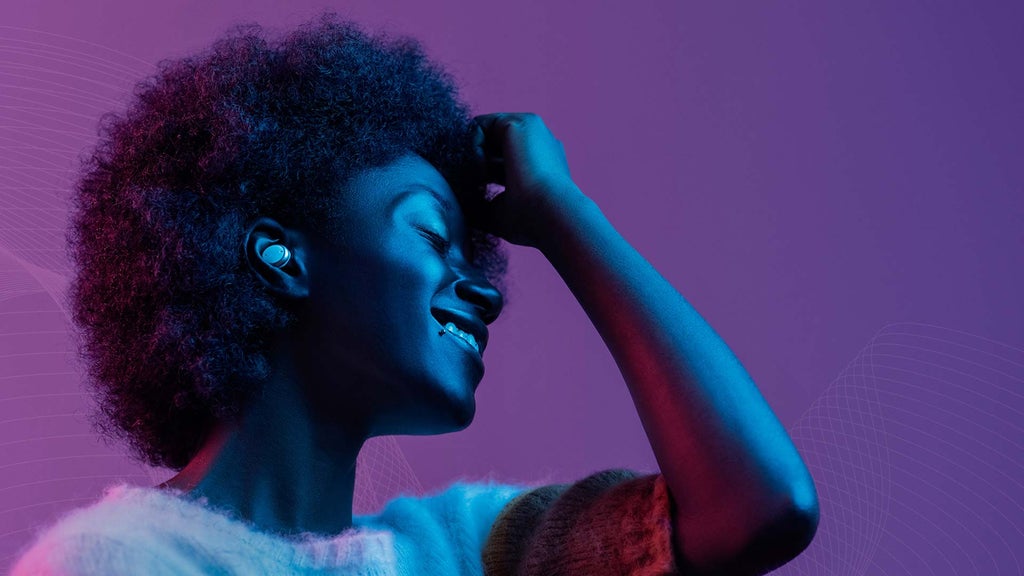
- Signia Active Pro: If you’re not ready to wear a traditional hearing aid, the earbud-style Signia Active Pro might be more appealing. With up to 26 hours of battery life, a charging case, and MFi support for streaming audio to iOS devices, it can double as earbuds, while still treating your hearing loss. Android users have to use Signia’s StreamLine Mic for audio streaming. The Active Pro optionally comes with Signia’s tinnitus hearing program, just like the Pure Charge&Go AX.
- Phonak Virto M-312: Phonak’s custom-fit in-the-canal hearing aid features Bluetooth and can connect directly to Android or iOS. Since Phonak uses a universal Bluetooth connectivity solution, it doesn’t require ASHA or MFi to work. Consequently, streaming works with a wider selection of devices. The Bluetooth streaming feature also gives you access to the full range of Phonak’s Tinnitus Balance Portfolio, which includes tinnitus masking and retraining therapy, available through the myPhonak app.
- Phonak Lyric: The Phonak Lyric is an invisible hearing aid. Since it contains a non-rechargeable battery, you can wear this type of hearing aid 24/7 for months at a time, even while working out or showering. It doesn’t contain a tinnitus masker, but since you can wear it day and night, your world never goes quiet, always providing a distraction from your tinnitus.
What you should know about tinnitus, masking, and hearing aids
Tinnitus can take many forms. For some people, it’s a steady tone. For others, it’s a constantly changing noise. Tinnitus sounds can range from a high-pitched hiss to clicking, humming, or whooshing noises. Chronic tinnitus is often associated with sensorineural hearing loss (SNHL) or noise-induced (sensorineural) hearing loss (NIHL). According to the Hearing Loss Association of America, 9 in 10 people who present with tinnitus also suffer from NIHL.
Loud noises can cause hearing loss and ringing in the ears. Hearing loss is also associated with tinnitus. So yes, wearing headphones can indirectly cause tinnitus. To keep your ears safe, maintain a volume at 85dB(SPL) or lower.
What is tinnitus masking?
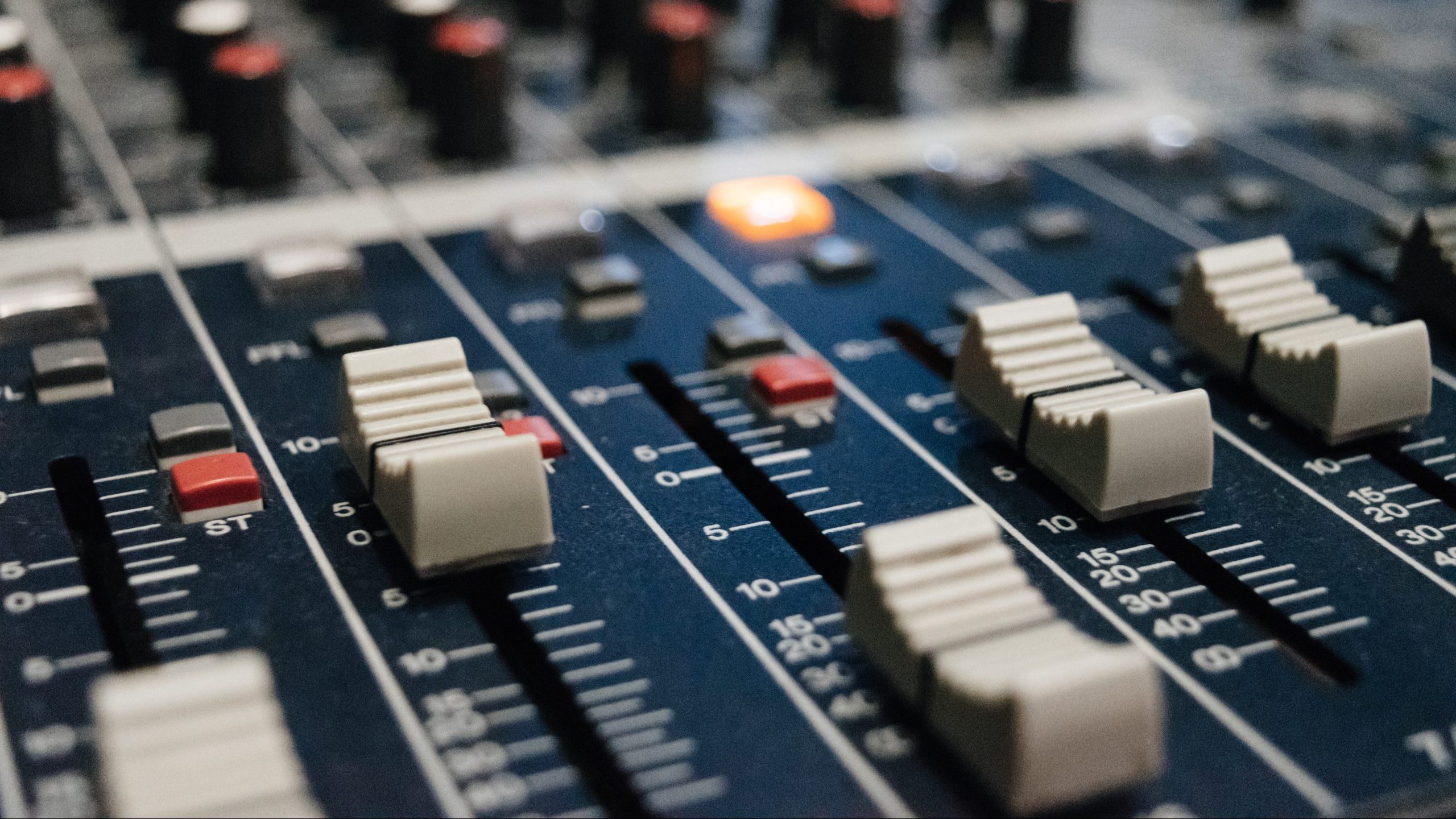
Tinnitus maskers, also known as noisers, present a form of sound therapy that floods your brain with low-level static noise. By covering the entire audible frequency range with a random collection of equally intense sounds, the noise drowns out most forms of tinnitus. Over time, as your brain is distracted by the static noise, your tinnitus might even lose its intensity.
How can hearing aids help with tinnitus?
Hearing aids can slow down further hearing loss, which in turn can stop your tinnitus from getting worse. Chronic tinnitus is most likely a product of the brain, resulting from reduced stimulation of the auditory pathway due to hearing loss. By giving your brain more quality sounds to process, your hearing gets a workout, you’ll feel more relaxed in social settings, and your tinnitus might recede to the background.
Hearing aids can also address tinnitus with masking sounds or specialized training programs. Any Bluetooth hearing aid that supports audio streaming (ASHA for Android or MFi for iOS) can access free white noise apps that serve as tinnitus noisers. Most of these hearing aids also offer manufacturer-specific programs that your audiologist can customize. In addition to playing general masking sounds, tinnitus training programs, such as Signia’s Notch Therapy, can treat tonal tinnitus and calm it down or make it disappear entirely.
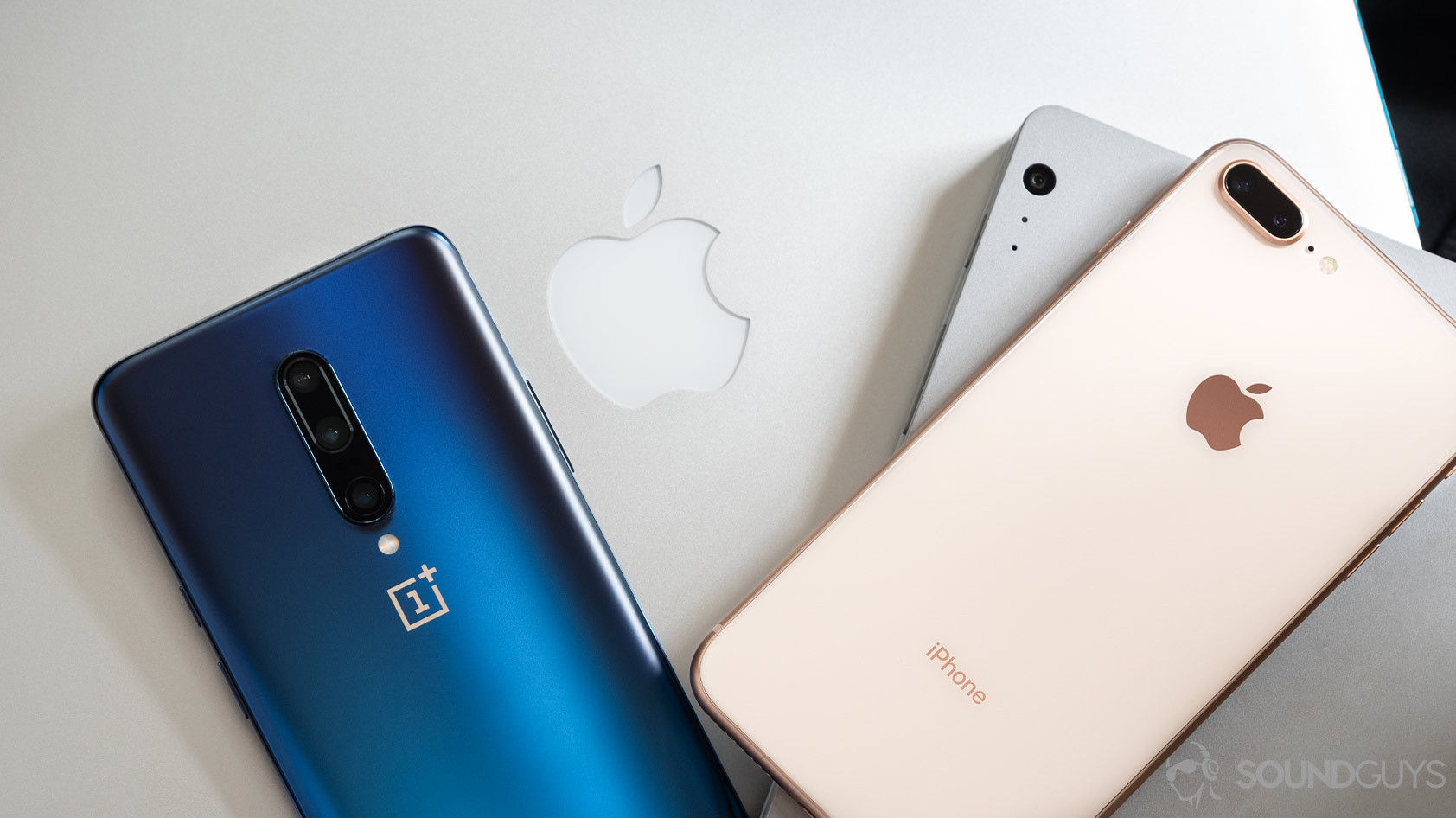
Audio Streaming for Hearing Aids (ASHA) is a Bluetooth protocol that allows hearing aids to stream audio via Bluetooth Low Energy (LE). While Bluetooth LE has been available since Android 4.3, ASHA is only available with Android 10 and up.
Made for iPhone/iPod/iPad (MFi) is Apple’s licensing program for its equivalent Bluetooth streaming protocol. If a hearing aid is licensed under MFi, it can stream audio to iOS via Bluetooth LE. Unfortunately, MFi hearing aids don’t work with macOS, even though it supports Bluetooth LE.
Both standards will become obsolete once Bluetooth LE Audio sees wide implementation.
Will your insurance cover hearing aids?

Hearing aids are prohibitively expensive. At up to $4,000 USD per unit, you’ll want to look into insurance coverage before committing to a purchase. In the US, Medicare presently doesn’t cover hearing aids, though this may change by 2023. If you qualify for Medicaid, you might qualify for hearing aid benefits.
Private health care plans, such as those provided by an employer, often include hearing healthcare benefits. Typically, those benefits are provided through a third-party managed-care provider like TruHearing. This is the case if your insurance provider is Blue Cross Shield, Health Alliance, Humana, or Vision Service Plan. You can either contact your insurance to check for coverage or call TruHearing directly.
Should your insurance not cover hearing aids and the above options are too expensive, consider an over-the-counter (OTC) hearing aid with a tinnitus masking feature. Since their FDA approval, OTC hearing aids have been available for sale since October 15, 2022. OTC hearing aids, like the Jabra Enhance Plus, are a more affordable class of hearing aids that don’t require a medical exam, prescription, or professional fitting. They’re suitable for mild-to-moderate hearing loss.
How we select the best hearing aids for tinnitus masking
While SoundGuys hasn’t published any dedicated hearing aid reviews yet, I have personally used four of the hearing aids mentioned above: both Signia models (my Signia Pure Charge&Go AX review), the Widex MOMENT, and the Oticon More. Since the market for hearing aids is small compared to audio products and highly regulated, it’s also much less diversified and develops at a slower pace. Based on my own experience with hearing loss, tinnitus, and the four models I’ve tested, I picked five FDA-approved hearing aids that cover the gamut of leading-edge hearing aid technology and tinnitus treatment.
Frequently asked questions
Hearing aid batteries can last anywhere from a day up to a few weeks. It depends on the type of hearing aid and battery you choose. Rechargeable hearing aid batteries, such as those found in most models recommended in this article, typically need charging after 18-40 hours. Non-rechargeable button cell batteries can last for as much as three weeks or as little as three days.
Generally, you don’t need a hearing aid until the hearing loss starts affecting your ability to comprehend speech in everyday situations, such as at work, on the phone, watching TV, shopping, or socializing. However, if you get a hearing aid before your hearing loss starts to bother you, chances are you can slow it down and prevent cognitive decline. More importantly, get your hearing checked out as soon as you notice a change, such as a tinnitus, as there could be an underlying and treatable cause. An online hearing test can help you pinpoint whether you have reason to be concerned.
Thank you for being part of our community. Read our Comment Policy before posting.
